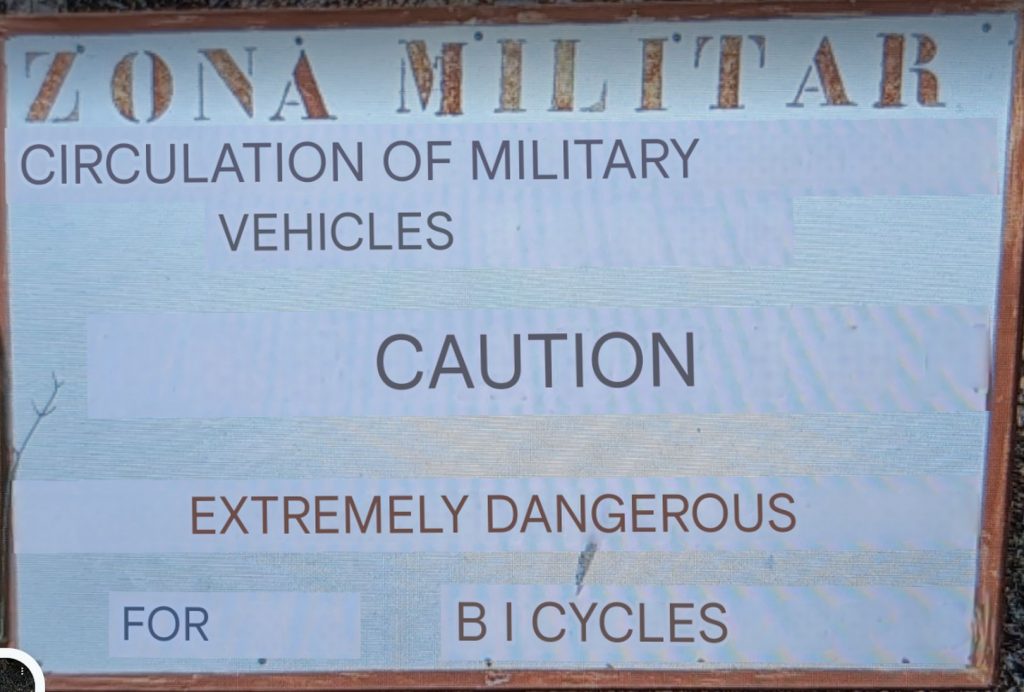I’ve said before that Cartagena is beautiful. It is. It is also uber historical. Today I want to share some of their beautiful architecture with you, as well as two museums, a lovely beach, and a castle that is dangerous to bikers.
These pictures have no descriptors as they are just things that entertained me in one way or another as we strolled the streets of Cartagena.
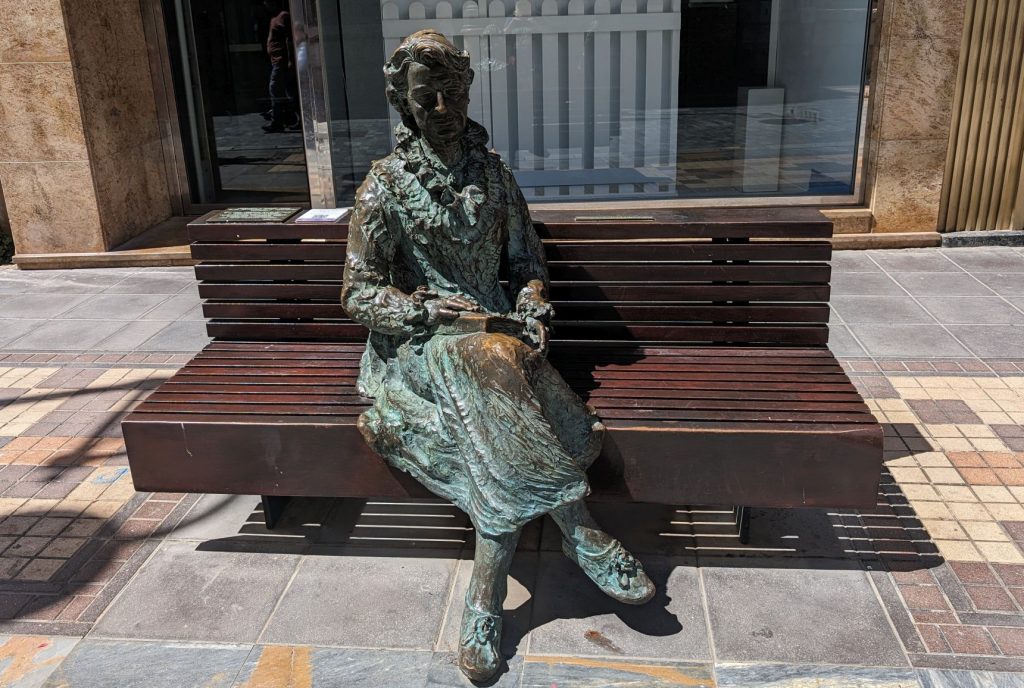
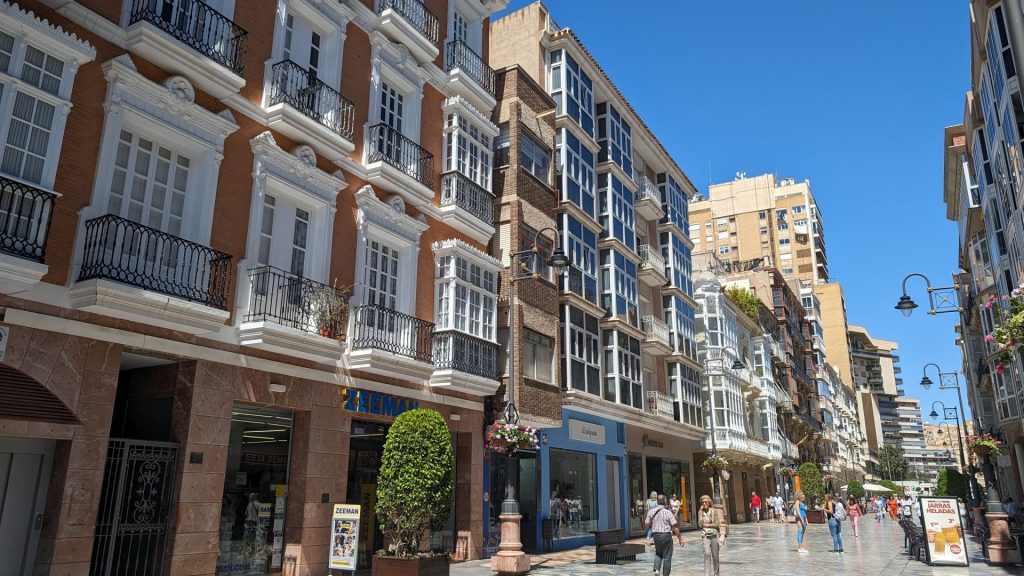
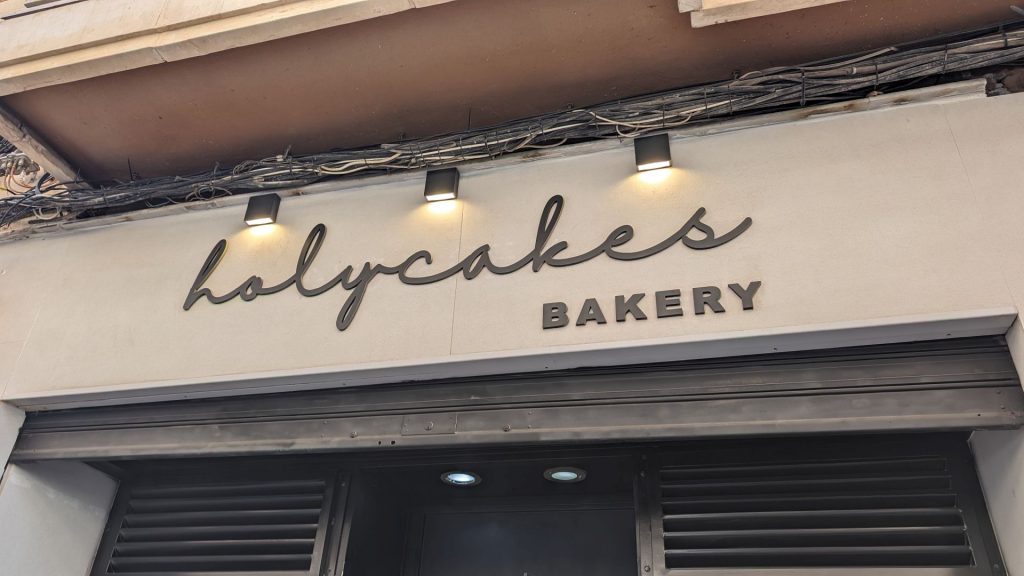
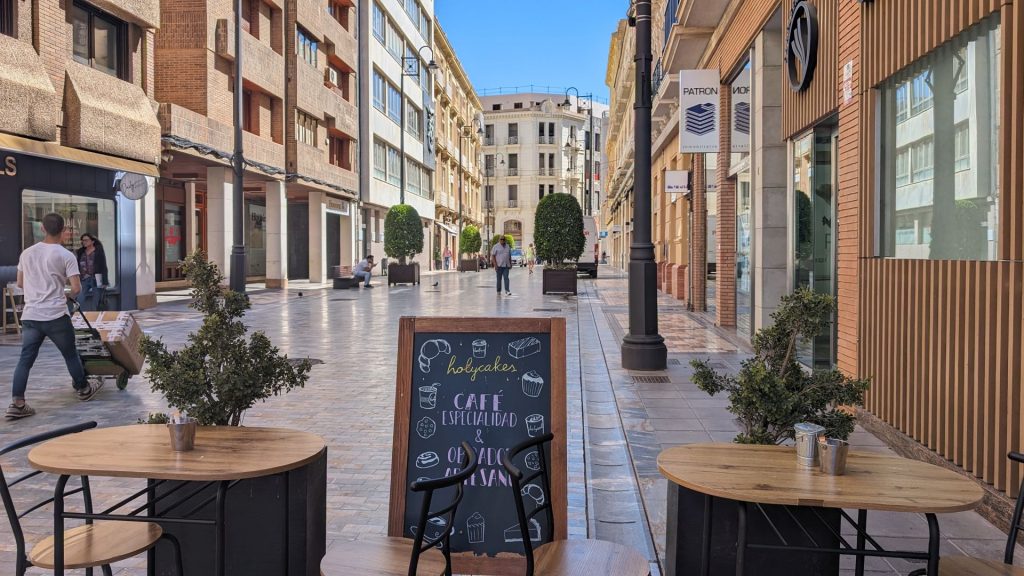
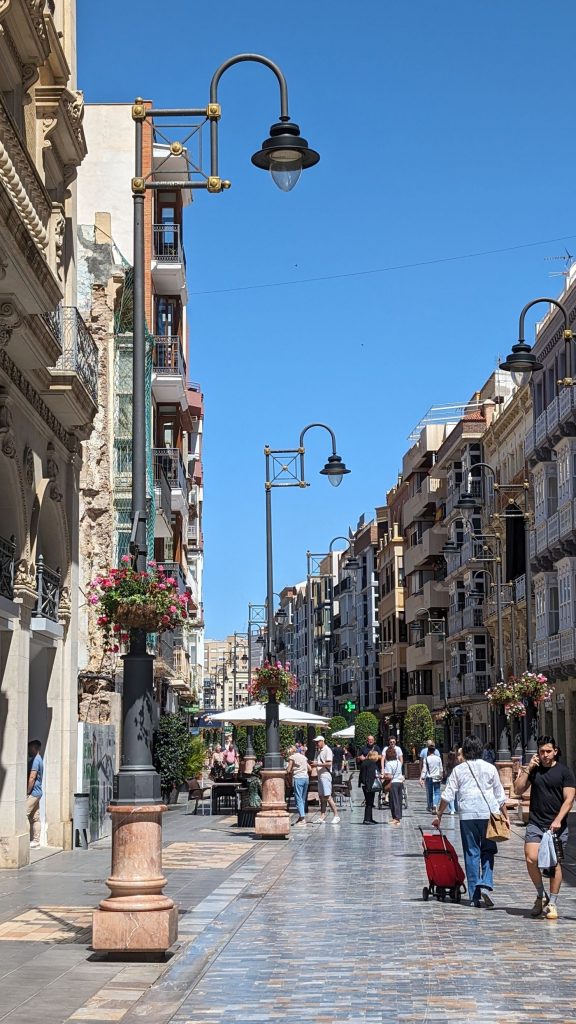
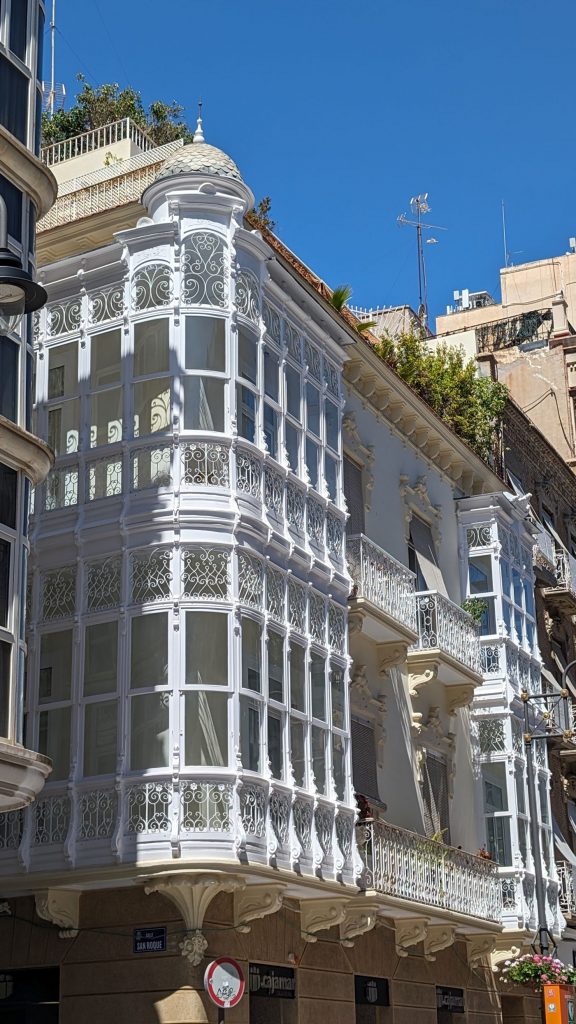
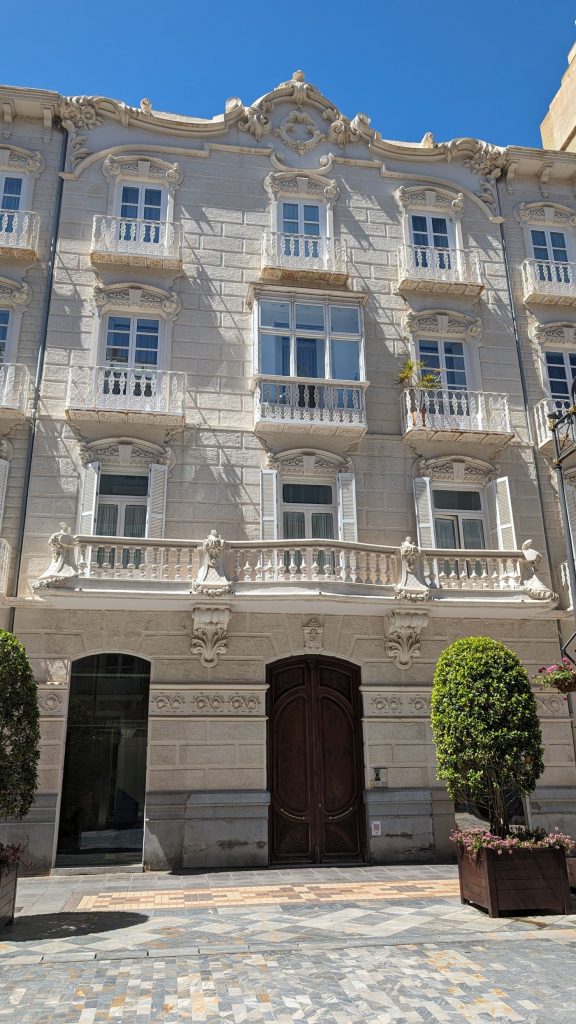
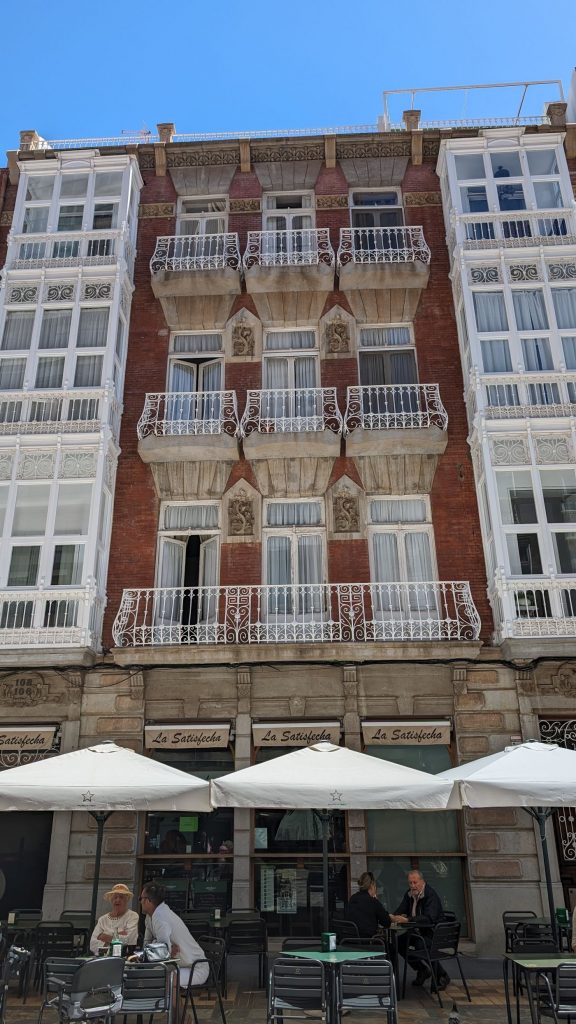
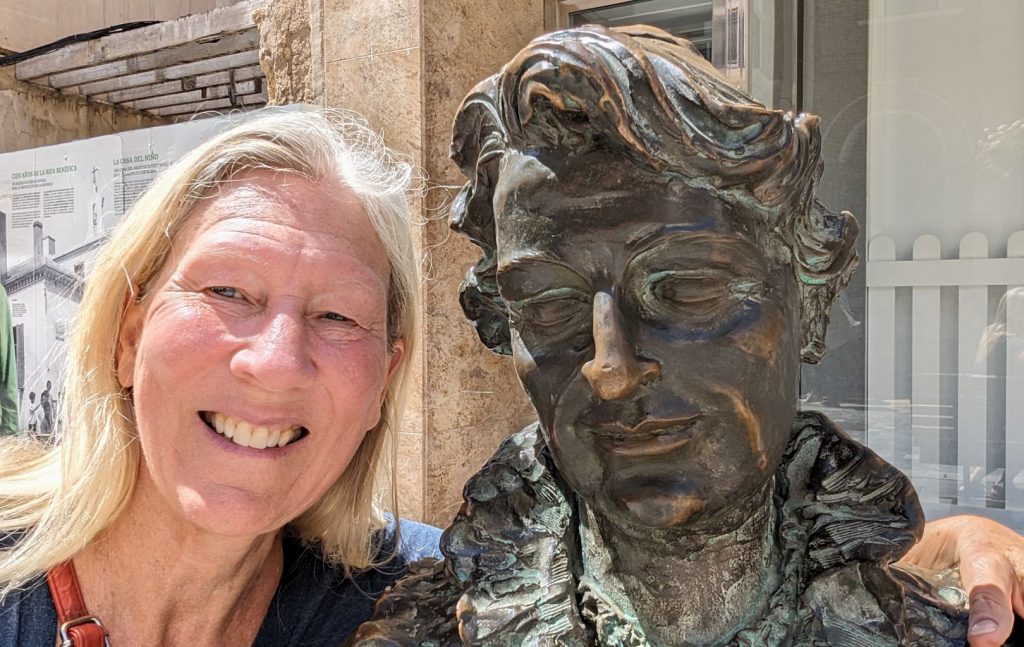
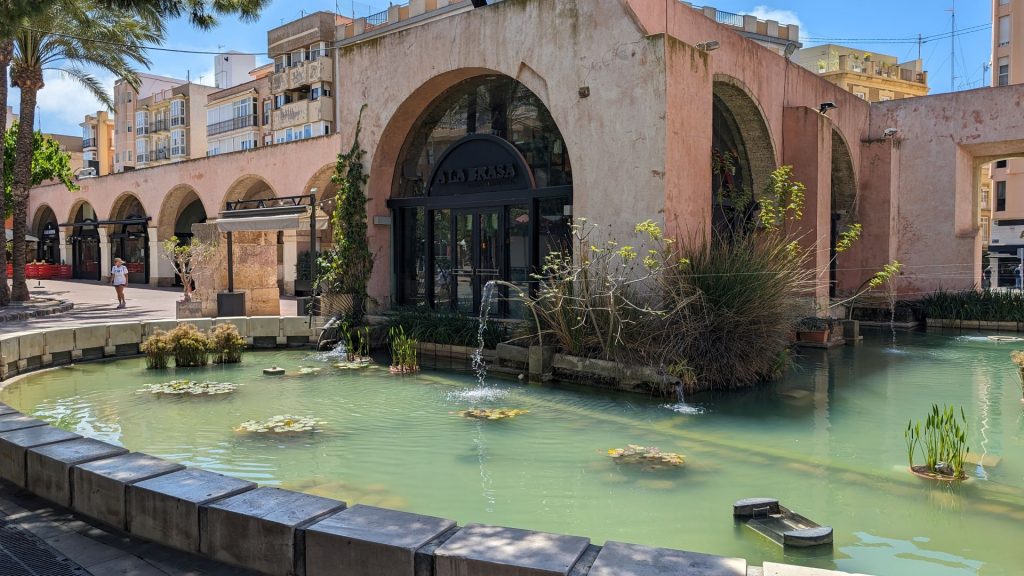
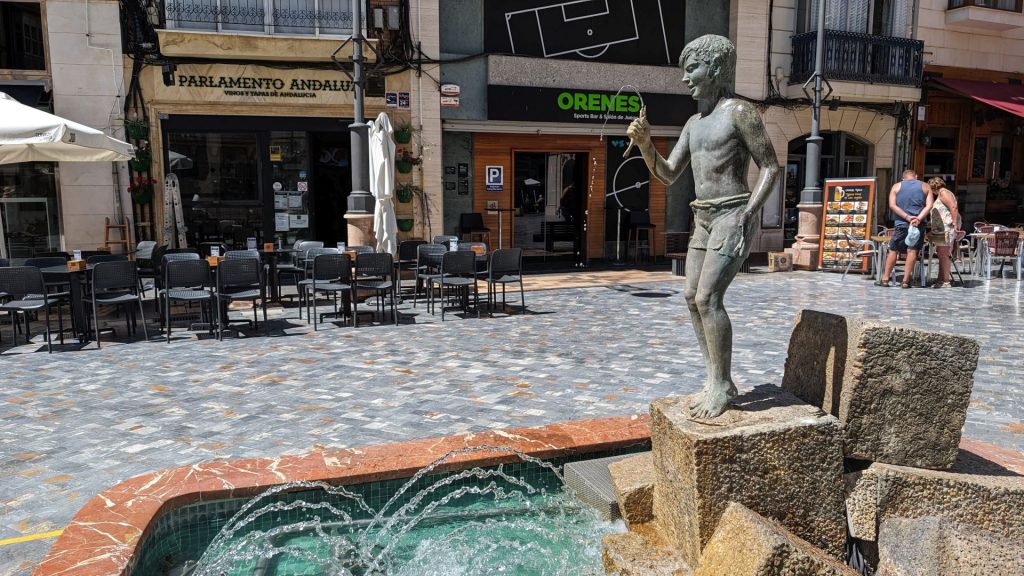
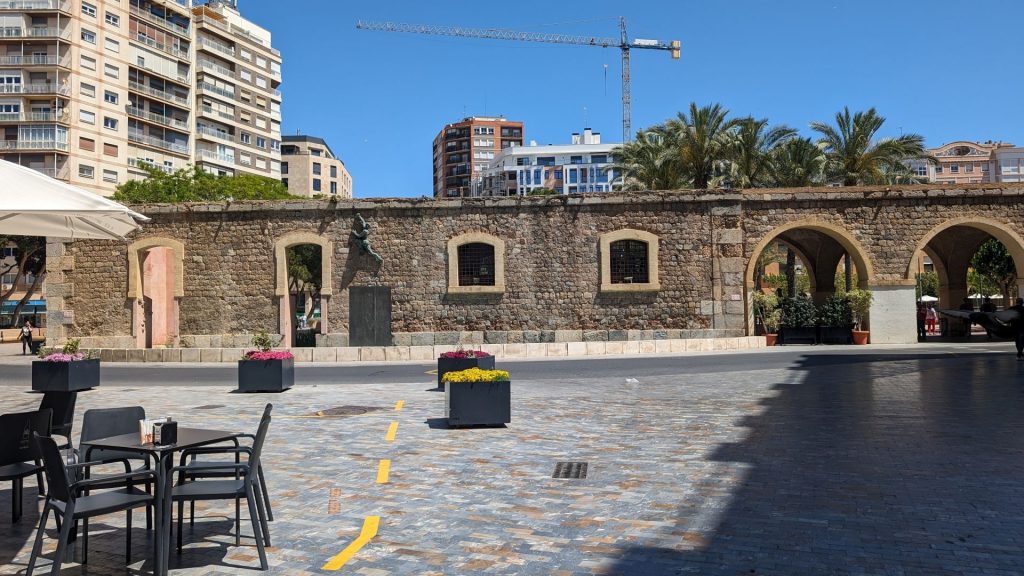
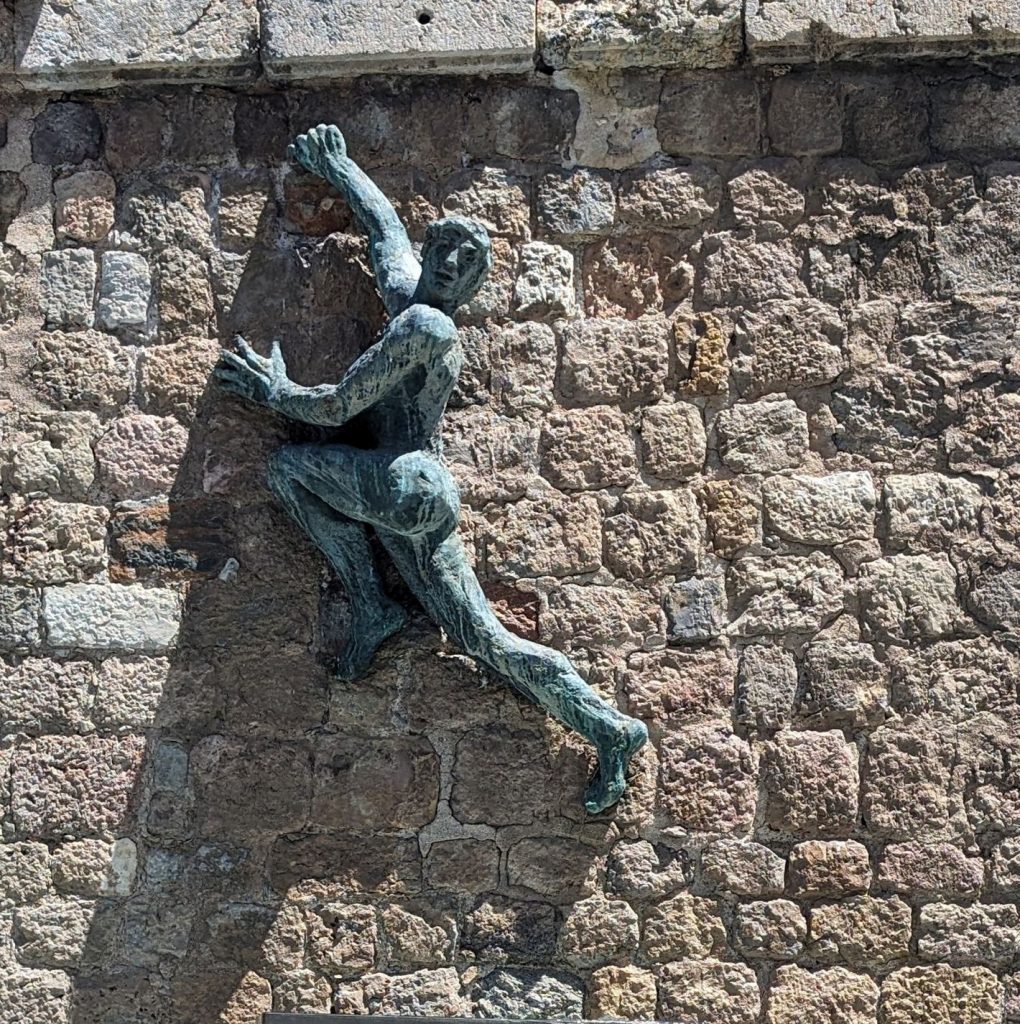
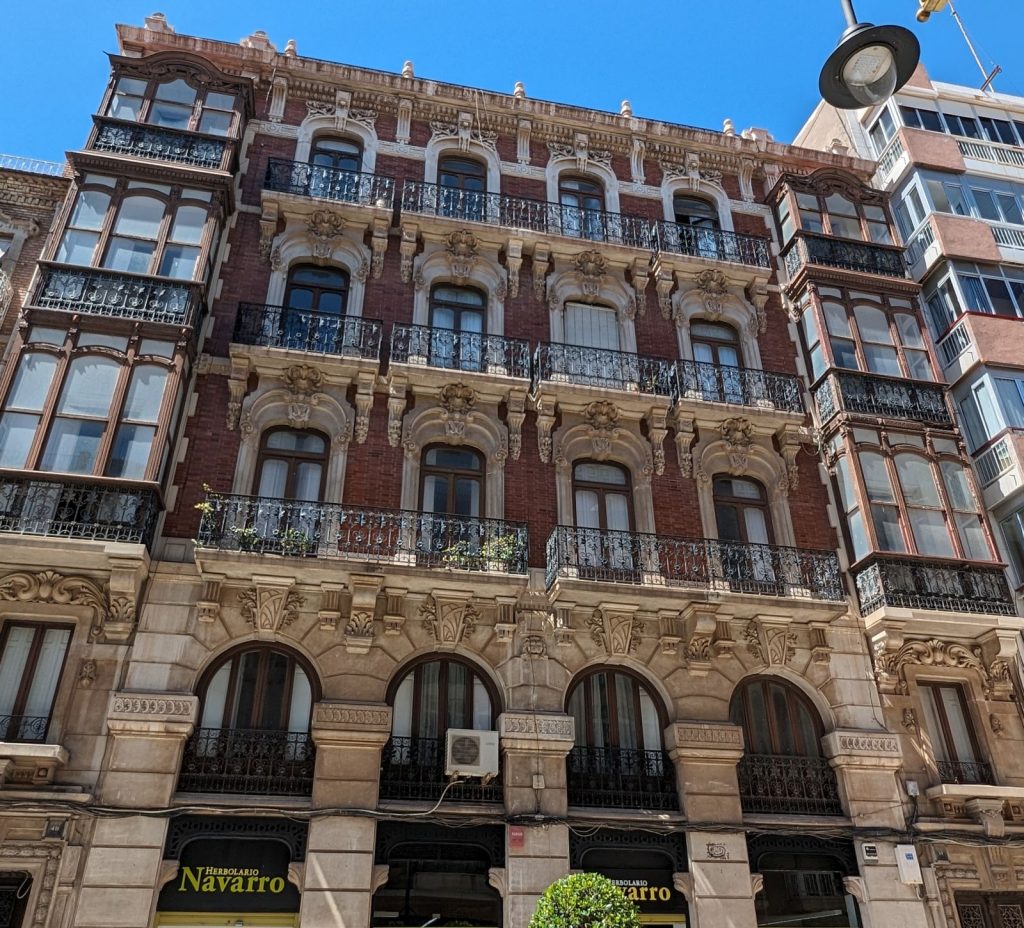
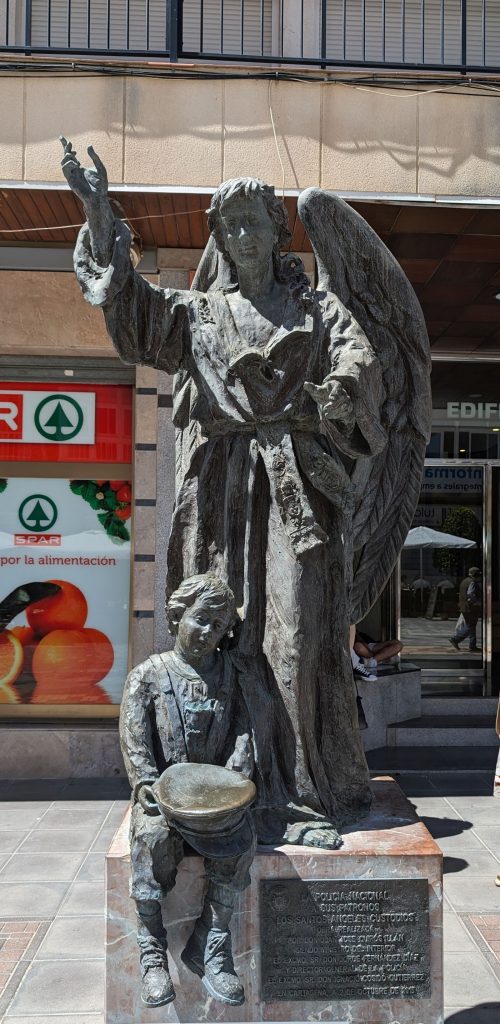
Okay, let’s visit the Military Museum. Let me start by saying that I am NOT a fan of war. I wish all issues could be solved diplomatically. But because we live in a challenging, power-hungry, sometimes evil, tyrannical and dark world, wars happen. I am in awe of and grateful to the members of the military who serve in the Armed Services. That is the reason military stuff interests me. The strategies and tools of war, however abhorrent they may seem, have proven to be necessary, and I want to know more about this world that is a mystery to me, particularly how things have changed over time.
If you are utterly offended by anything military, please feel free to skip to the section on the beach.
I found the Military Museum completely by accident. I was wandering the streets and happened upon it. I didn’t realize that I was arriving 90 minutes before it closed so I didn’t see the entire thing. I’d planned to go back to finish it another day, but I never did. I’m so busy being retired and all!
This is a description of the museum from https://ejercito.defensa.gob.es/unidades/Madrid/ihycm/Museos/cartagena.html:
“This museum, dedicated mainly to the Coastal and Anti-Aircraft Artillery that defended the city of Cartagena between the 16th and 20th centuries, has valuable collections of weapons, ammunition, various materials and uniforms. Also worth mentioning is the magnificent collection of miniatures of tanks and military vehicles, which has held a Guinness record three times. It also has the largest collection of cannons and howitzers in Spain and the largest collection of ammunition in Europe. In addition to the exhibition of this diverse material, in the rooms of Cartagena Plaza Fuerte, we have magnificent models of the territory near Cartagena where, through audiovisual media, specific episodes of the war history of this three thousand year old city are recounted.”
I am going to share just a very small portion of what I saw. I found something of interest in each of these.
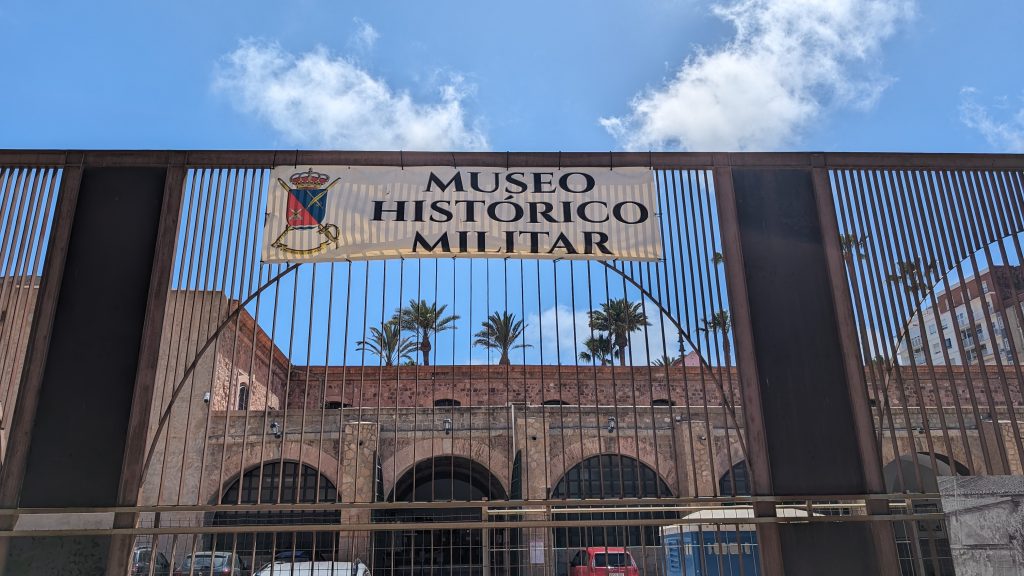
It turned out that I started the tour (as designed) in the “gun rooms from the 16th to 20th century.” The first room contained canons. This first one is from 1896. It is a Maxim-Nordenfelt, 57 mm caliber (calibre in British English), swift-shooting. On the coast, the batteries were put in a row to beat the torpedo-boats approaching the harbors. This particular piece was located in San Leandro battery at the port of Cartagena.
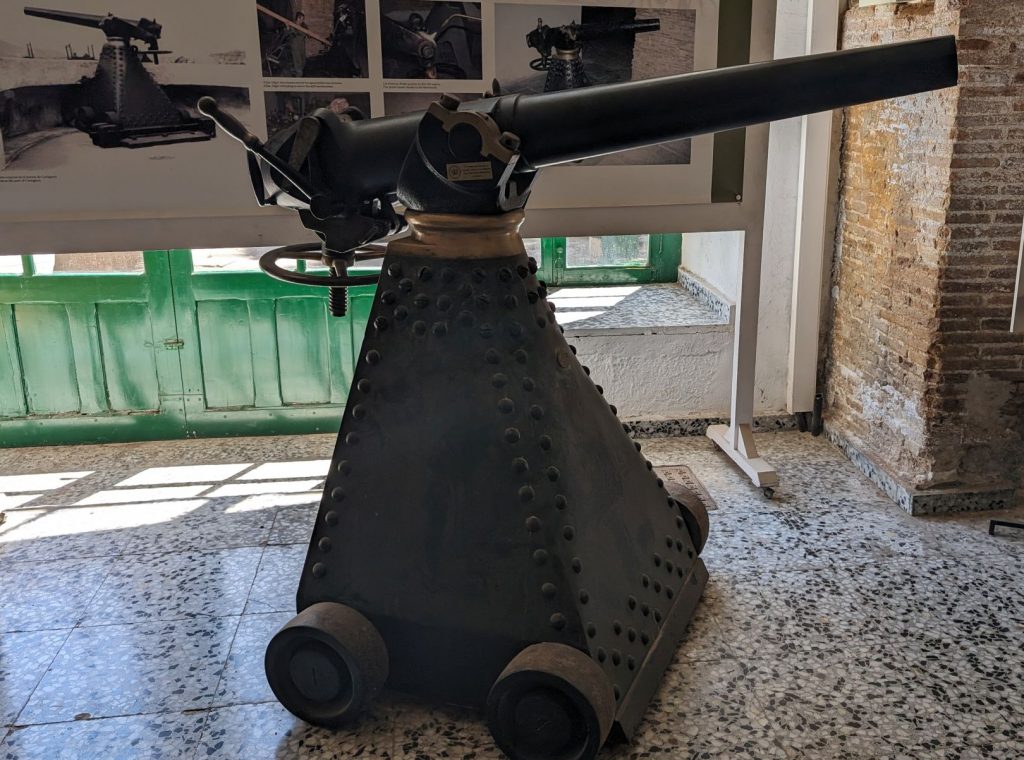
During the reign of Philip V (1700-1746), the 1718 Royal Ordinance was enacted to define weapons and limit the number of calibers. There is little difference in the external design of the guns, compared to the former period. They continue to display ornaments, dolphin like handles, and gun names, but the crests are limited to royal coats of arms, and mottos are just related to the royal lord, the most usual being “Violati Fulmina regis” (Lightning bolts from the offended king) and “Ultima Ratio Regis” (The King’s last reason). (This is the type of thing that interests me.)
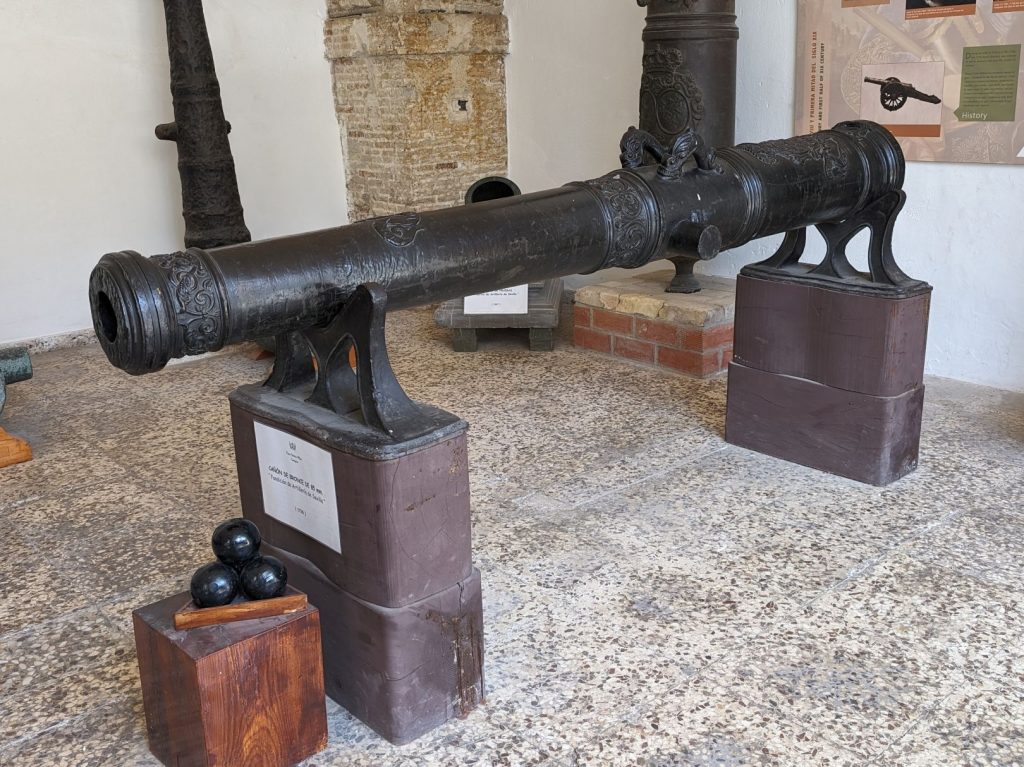
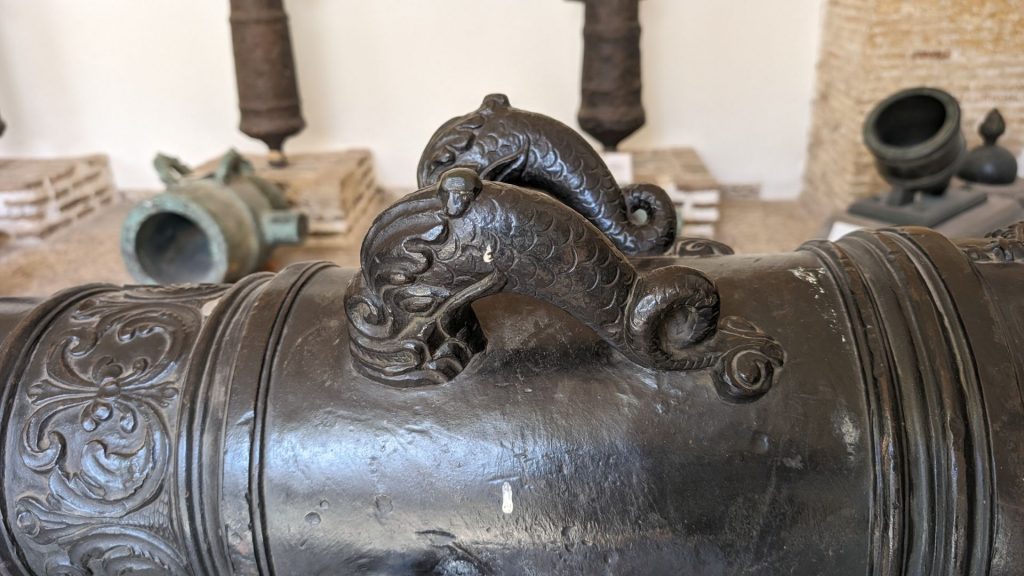
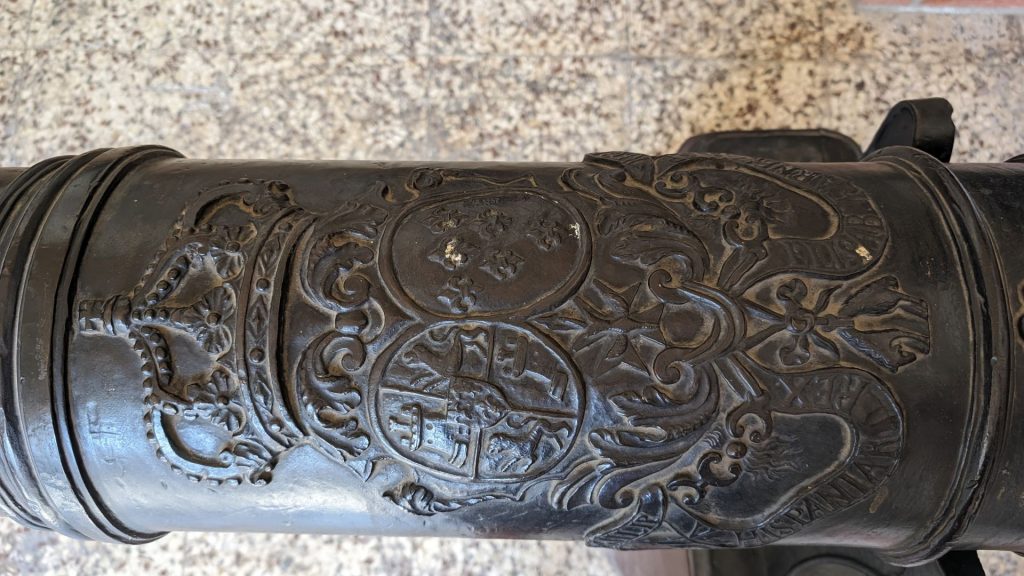
This next canon is an OTO Melara. It was designed in Italy in 1956. It is a rapid deployment weapon, exceptionally light notwithstanding its acceptable fire power. In Spain it was classified as a light field howitzer and it started being manufactured in 1957. Its maximum firing range is 10,000 meters. It is 105 mm caliber.
The weapon was initially designed for highly mobile, rapid employment units, requiring adaptable, multi-use artillery support weapons. Marine, airborne, mountain, and light cavalry units used it, as it can be split into 12 modules to be transported on horse-back, parachuted, or fitted on a platform towed by a light vehicle or animals. Overall, the Mod 56 has served in more than 30 countries worldwide.
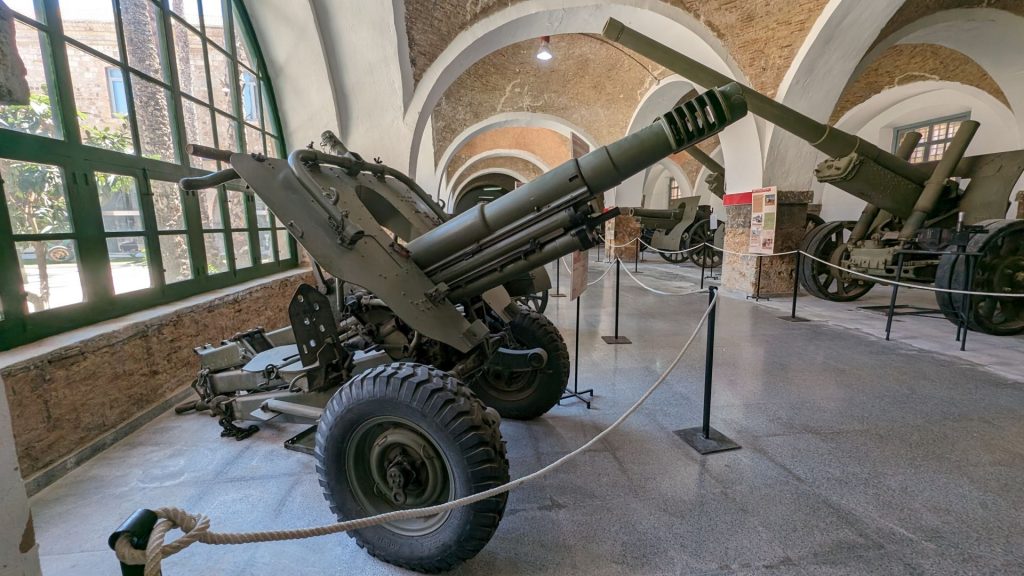
This next big guy is a howitzer. [A howitzer is an artillery weapon that falls between a cannon (or field gun) and a mortar. Howitzers can be fired at various angles, which gives them greater flexibility in combat than mortars, which have fixed firing angles.] It was received in Spain within the AYAM (USA help) program and has been in use within the Spanish armed forces until January 2012, the Ramix-30 (Ceutra) being the last unit to use it. They were replaced by Spanish-made 155/52 howitzers.
More than 10,000 units of this howitzer were made (1941-1953), being used during WWII, and the Korean and Vietnam wars They are still being used by some countries.
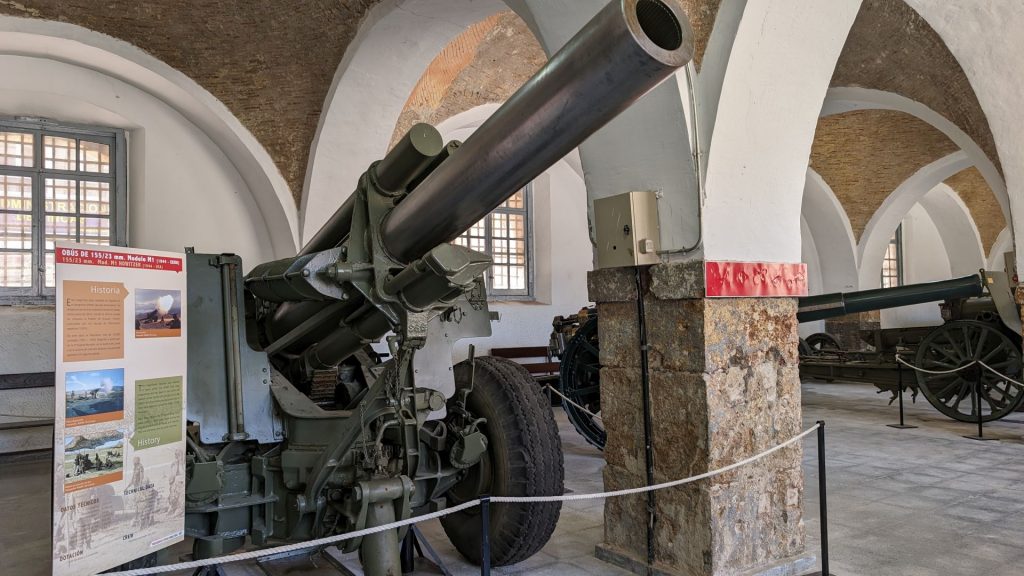
Moving to a different room, I saw this very scary vehicle. The Spanish Teruel MLRS (multiple launch rocket systems) is produced by Santa Barbara National Factory. It has been in the Spanish Army inventory since the mid-80s until its decommission, in 2011.
The employment of a MLRS is advised when conventional artillery cannot hit the targets and when those targets are scattered in a wide area and distant. Three series were manufactured.
This system is capable of launching 140mm artillery rockets from 40 launch tubes in less than 30 seconds. It is mounted on a Pegaso truck. Before firing, stabilizing jacks must be lowered and the blast shield raised to protect the cab and its occupants. Rockets can be fired out to a range of 25 kilometers.
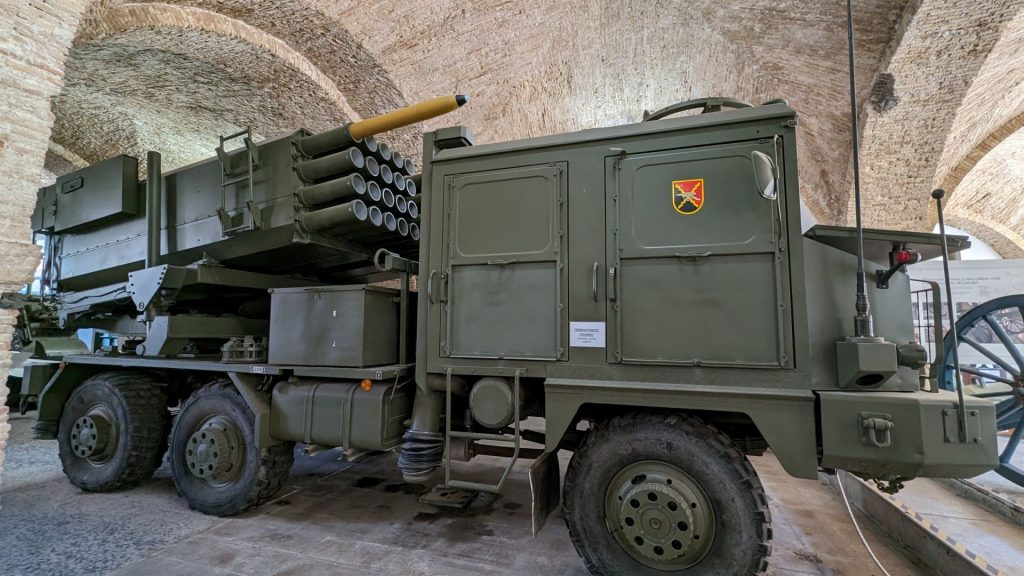
Another large vehicle is shown below. The chassis is a French AMX-30 tank. Several specialized vehicles were mounted on this chassis. One of them was devoted to transport the Surface-to-Air (SAM) “Roland” missile system, providing effective air defense coverage to the armored units deployed. The “Euromissile Roland” is a SAM system. The Spanish Army got 18 launchers and 414 missiles. Half of those missiles were the “all weather” version (“Roland II”), where the target is tracked and locked on by radar. The rest of the missiles were the “clear weather” version (“Roland I”), cheaper and more limited, where the tracking of the target is executed by an electro-optic tracking system.
If you would like to read more about Roland-2, check out this website: https://en.missilery.info/missile/roland-2
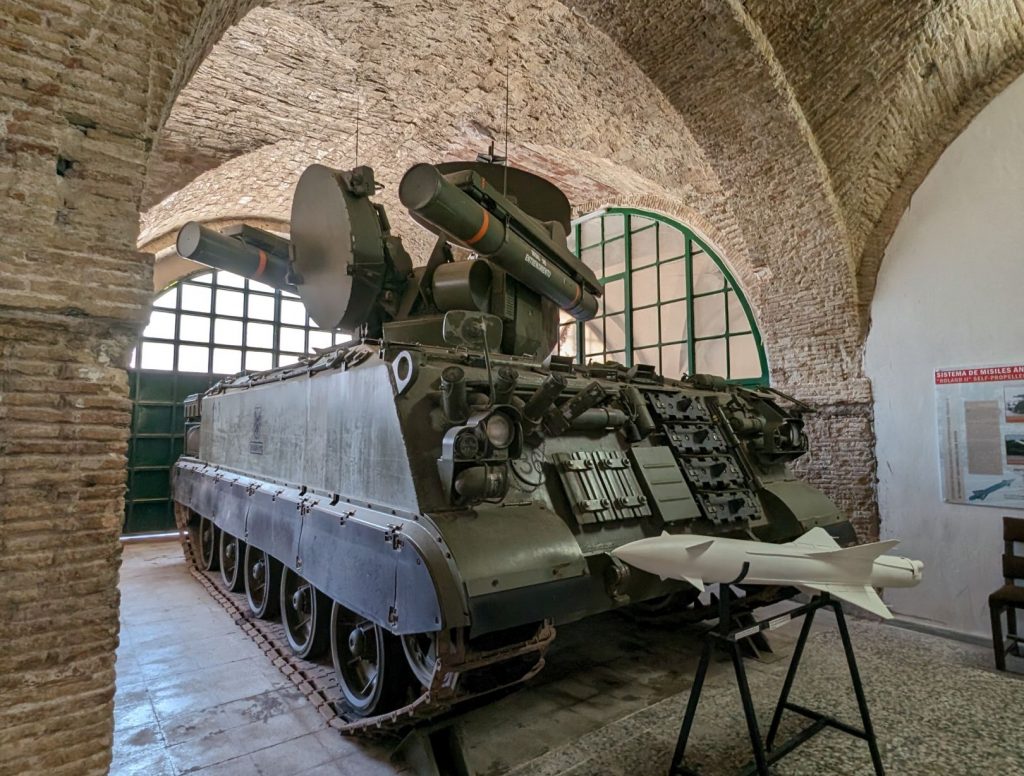
The T-26 tank, pictured below, was a light Soviet tank which took part in many conflicts during the 30’s, as well as during WWII. It was developed starting in 1930, taking as its model the British Vickers 6T tank. It was the tank with the biggest production of its times: more than 11,000 units were made.
During the Spanish Civil War (1936-1939), a great amount of Soviet war material was used by the Republican side. This included a large number of light T-26B tanks: some 300 of them were present in all fronts and battles. In the battlefield, these tanks were clearly superior to those used on the National side, due to the power of its 45 mm caliber anti-tank gun.
The T-26 tank was a headache for the command of the National side. In fact, General Franco gave explicit norms on how to deal with these tanks in the battlefield, offering a generous reward to those who could capture one of them. Many T-26 tanks ended up captured and repainted with the old traditional Spanish flag and the Saint Andrew Cross on the top of the turret to be identified from the air, and then quickly sent back to combat. Those not in a condition to be repaired were taken to pieces and cannibalized to provide spare parts to the rest. Almost half of the Soviet tanks of the Republican side were captured by the National side.
All the T-26 tanks, captured during or after the war, were integrated later in the Army, as they were the best tanks available.
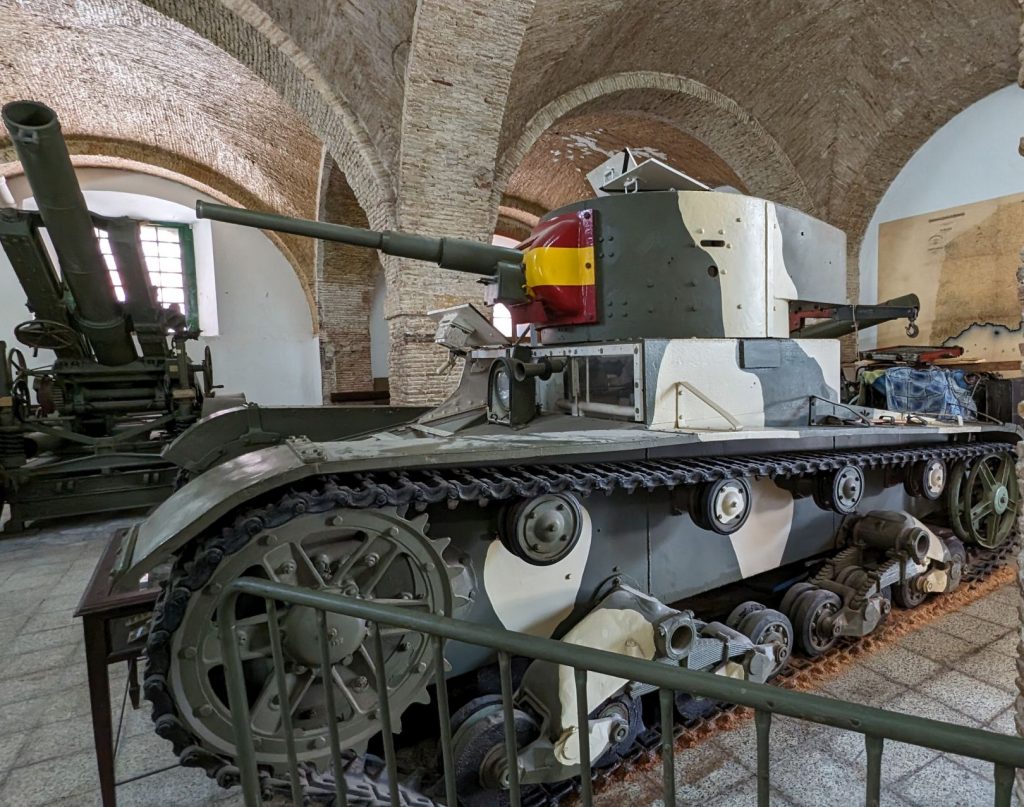
I took a picture of the next one due to its exceedingly long barrel and what appeared to be an almost comic-like mechanism at the back.
In 1943, Germany sold to Spain the license to manufacture 88/56 artillery guns. More than 200 guns were made in Trubia (a municipality in northern Spain) under the denomination FT-44. In the 60’s it became apparent that they were obsolete when compared to similar contemporary weapons. Several projects to increase its performance were attempted. One included increasing the length of the barrel by 1.4 meters (I told you the barrel was long!). The recuperating mechanism and the recoil absorber were strengthened to diminish its recoil. All this increased the weight of the weapon. A new member was added to the previous crew in order to help the one in charge of aiming the gun horizontally. The mechanism moving the gun left and right was modified and a new hand-wheel was placed on the left side of the gun. So now two crew members were in charge of moving the gun: one horizontally and one vertically. Other changes were made as well. But this particular project did not go beyond its initial phase. No other gun was modified. This gun on display at the museum is the only one in existence.
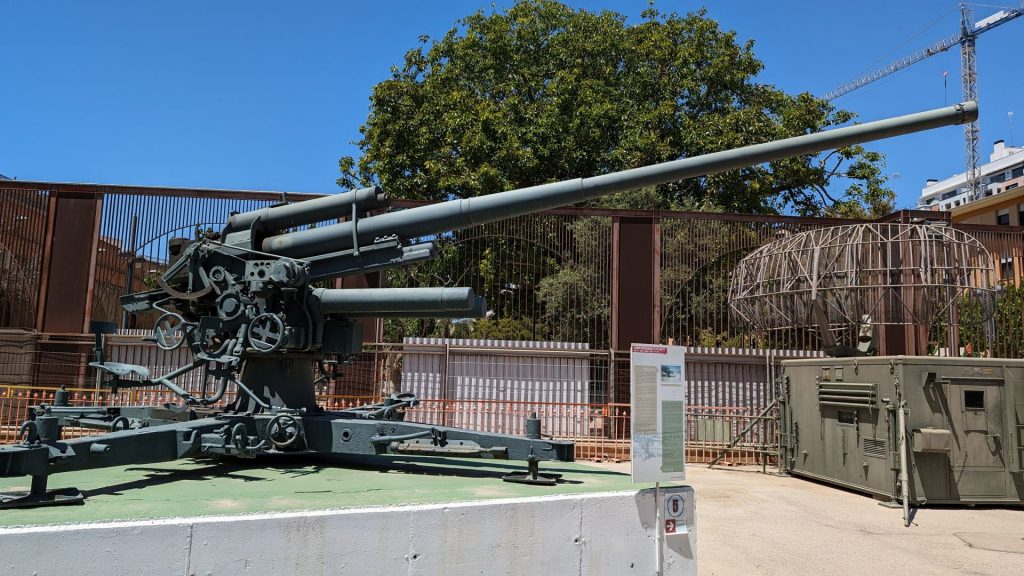
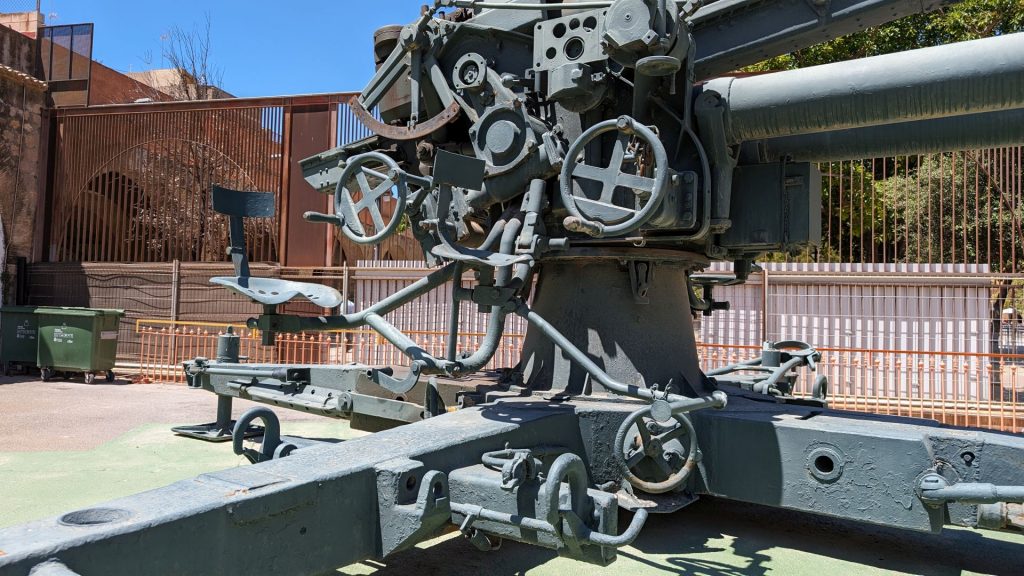
Ammunition room:
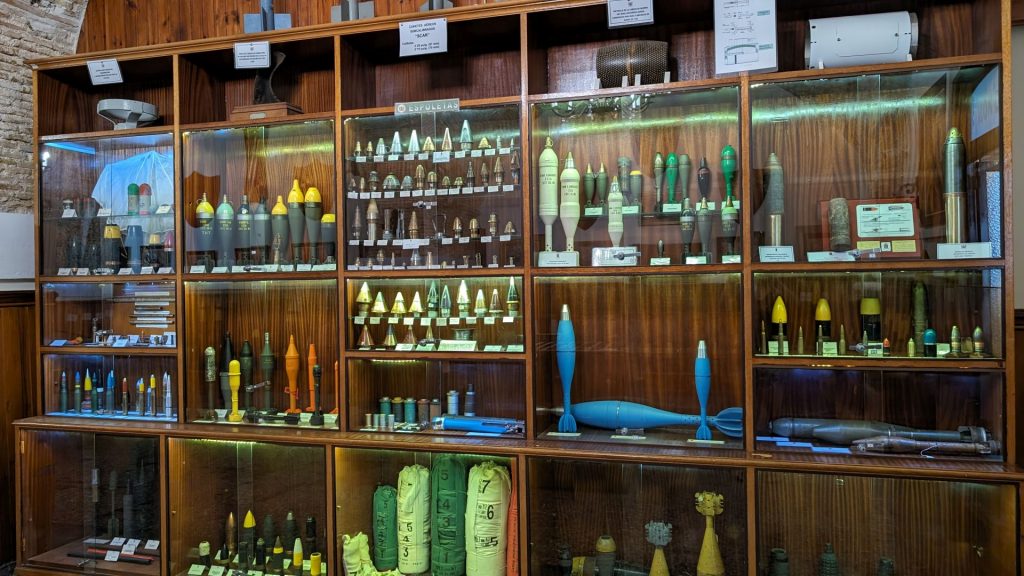
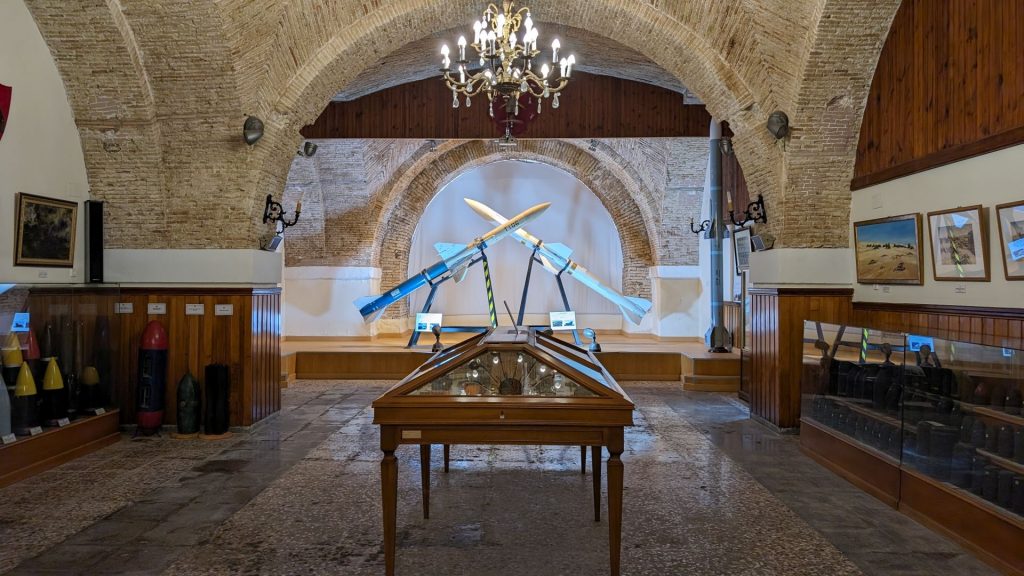
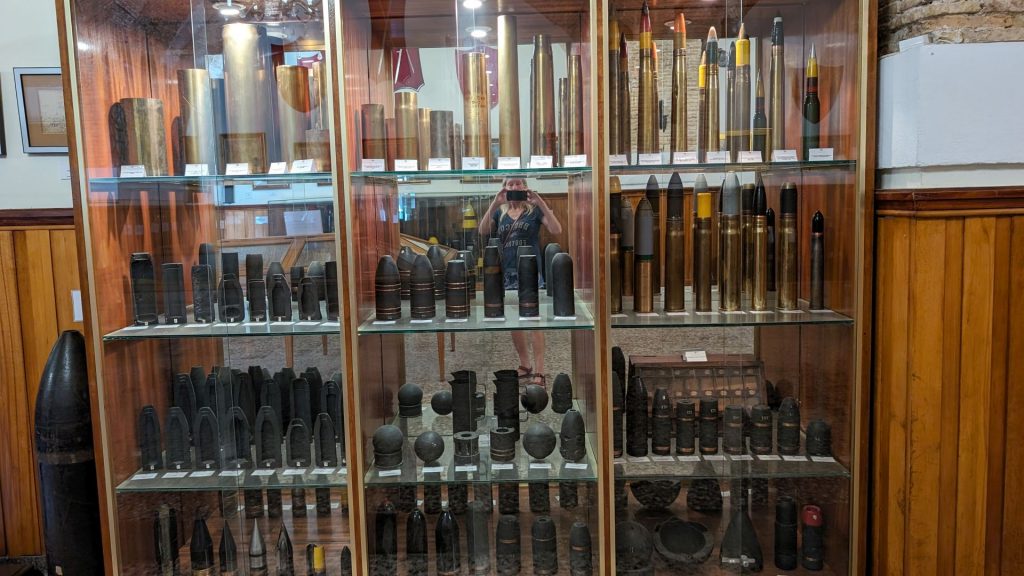
Let’s go to the beach!
I found this beach on one of my many walks around town. This one was not too far out of town. Here are some pictures of the walk to the beach and the beach itself.
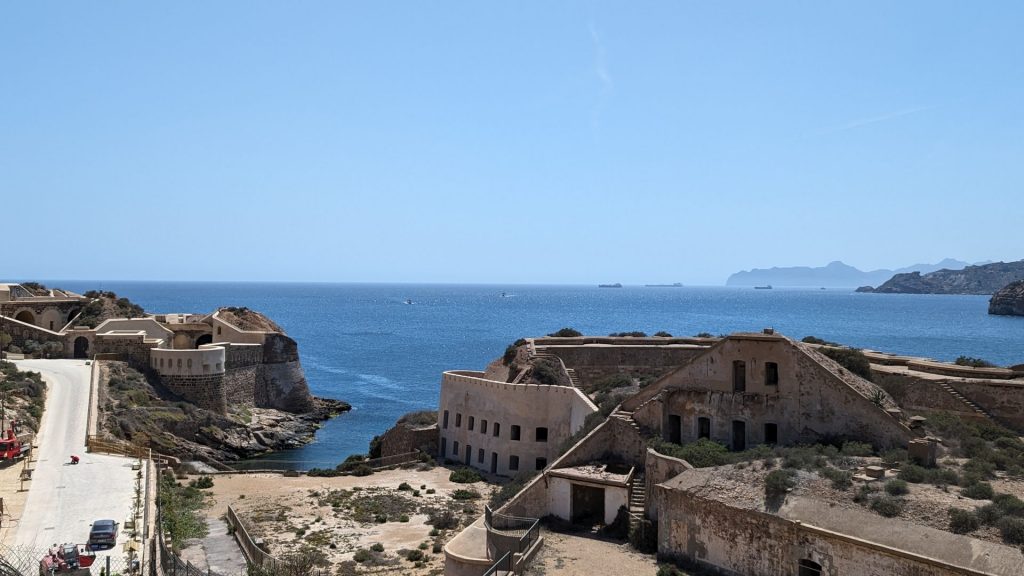
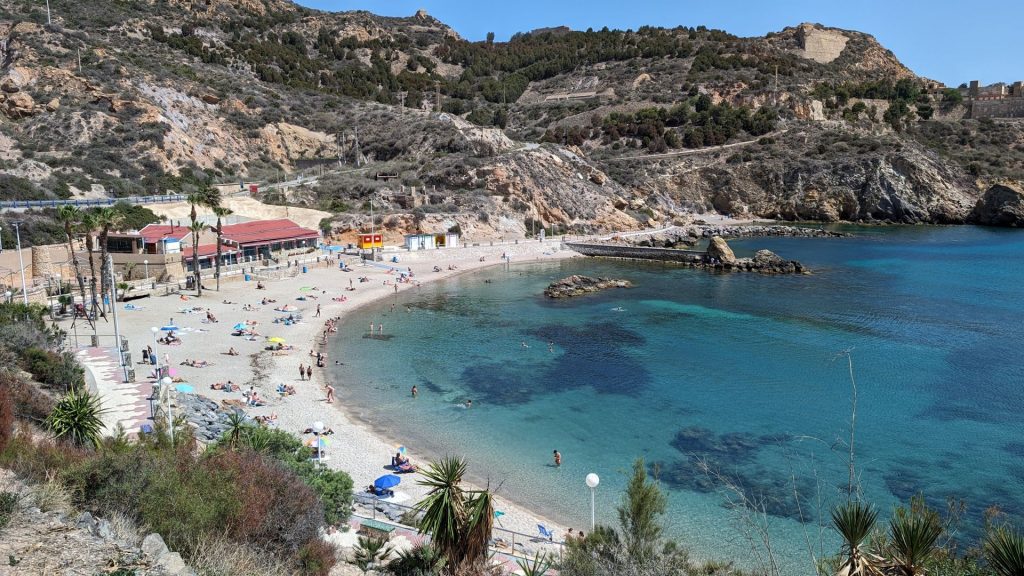
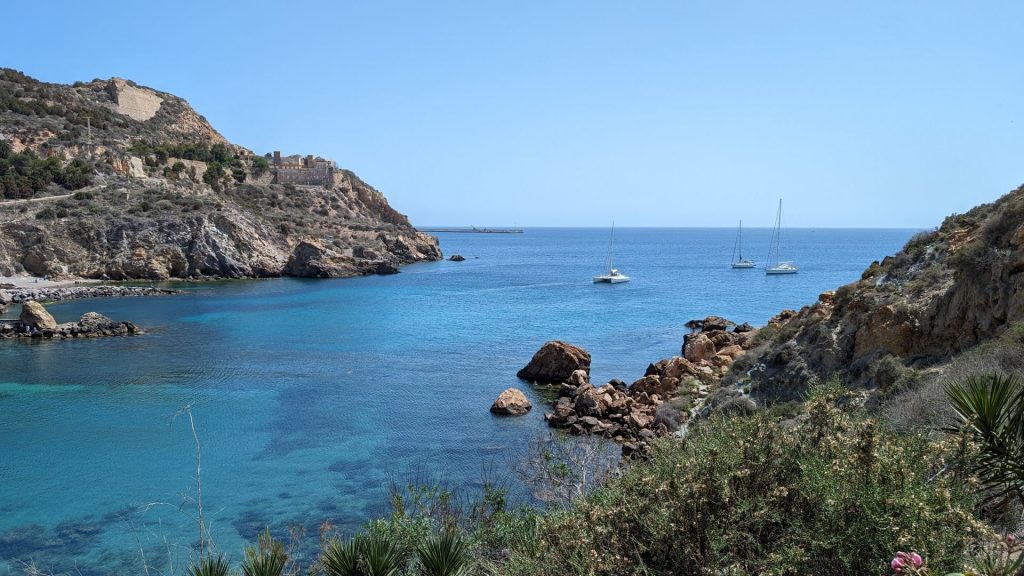
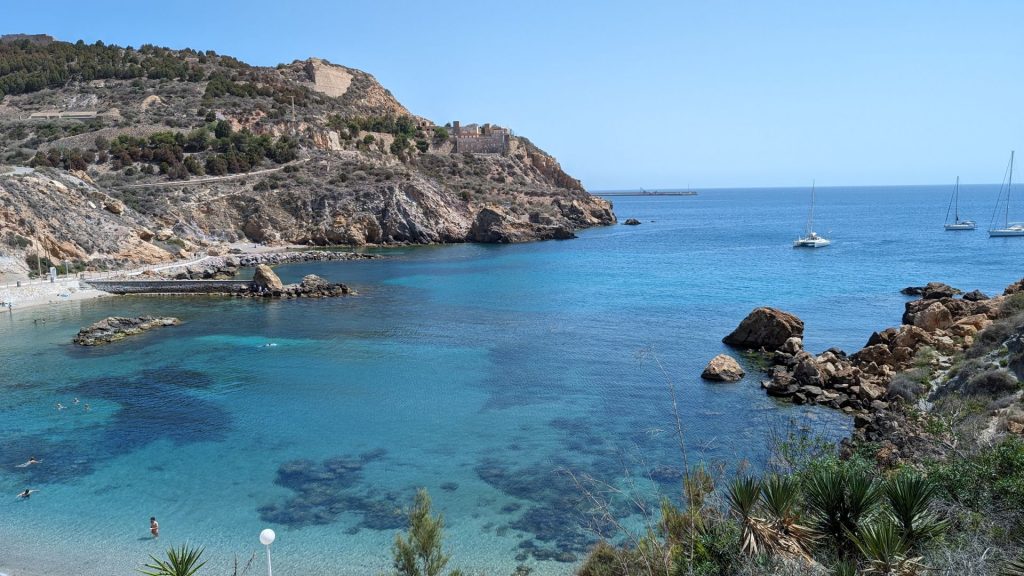
I am going to skip the Naval Museum in this post and share it in the next one. I want to show you the castle that is too dangerous for bikers today, though.
I wanted to see something new in Cartagena. I could see that there was another castle on a nearby hill, and Google indicated that it was open 24 hours a day. So, I decided to walk there. The first part of the walk was just city streets. But then I came to the uphill part. I was presented with this:
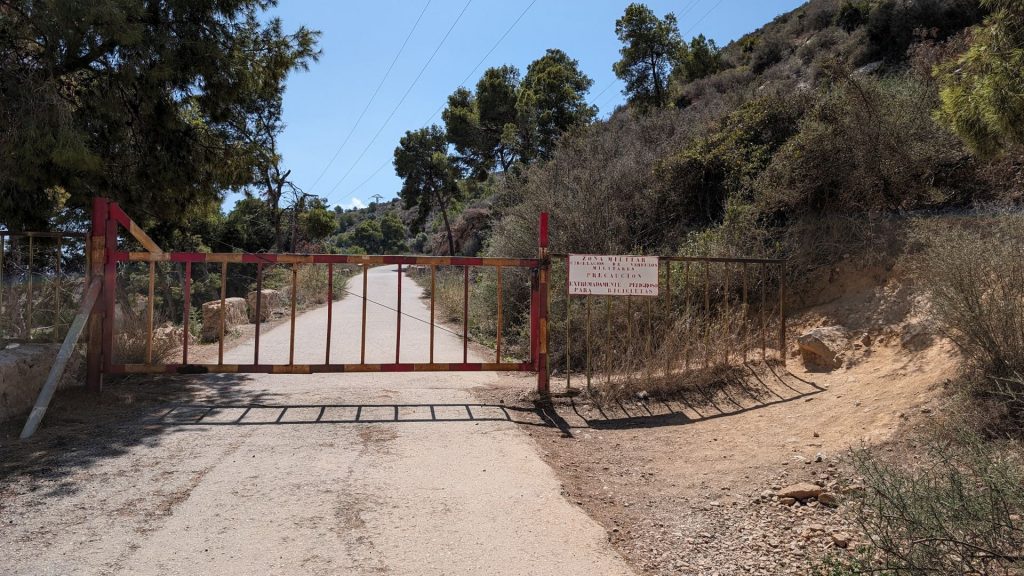
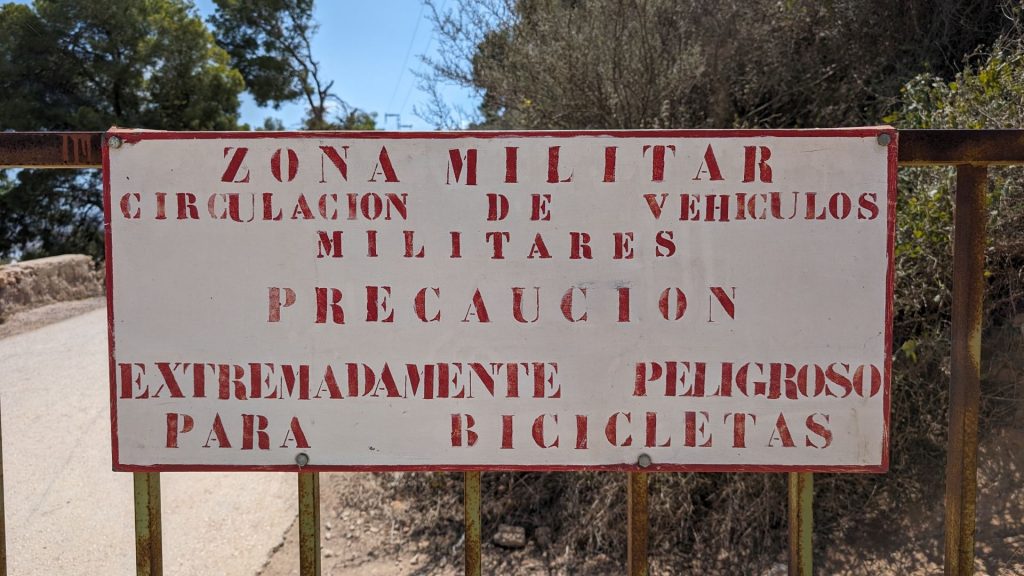
Now, this did not strike me as particularly inviting. I don’t read Spanish, but I got the drift that this was a military zone, one should take precaution, and it was extremely something (?) for bicycles. I wondered if I should turn around but what should I see on the other side of the gate but this guy running towards me and turning around at the gate to run back again:
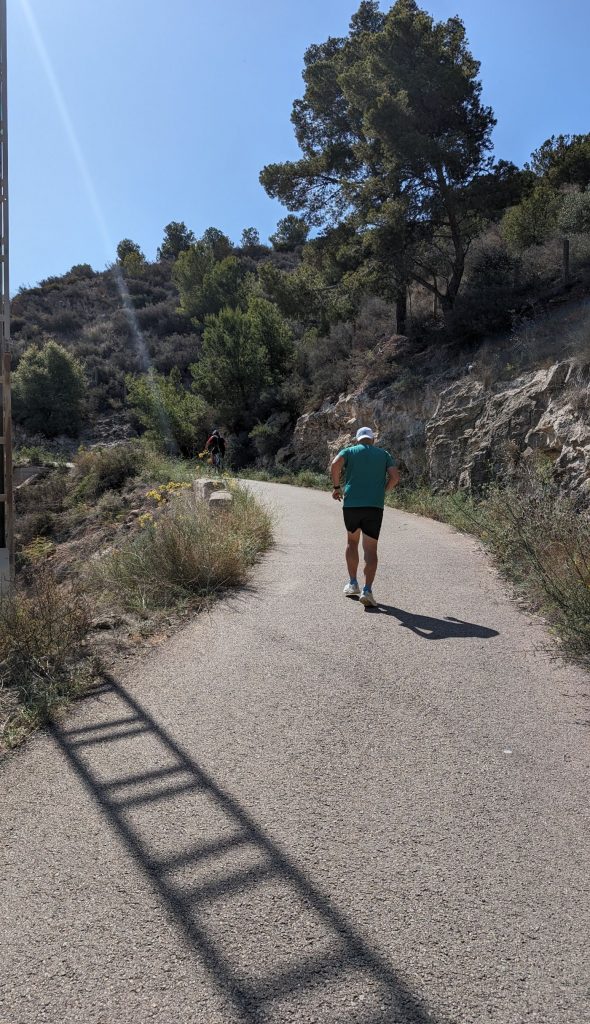
I then noticed the following beside the gate:
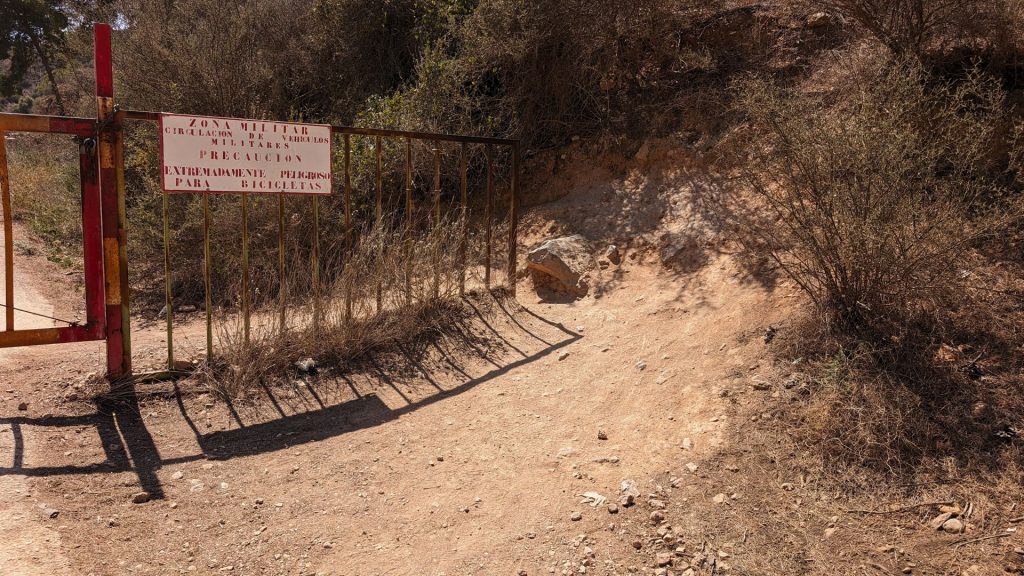
Clearly, this gate and the sign were just a suggestion. So I walked around the gate and up the road.
The views quickly improved. I took some pictures of the journey up, certain that I would take many more from the castle grounds.
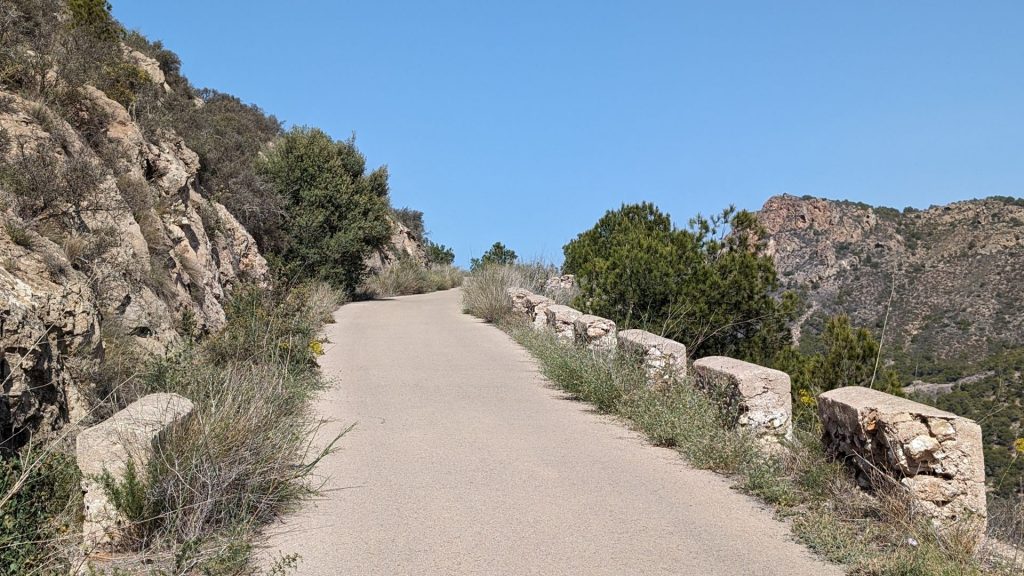
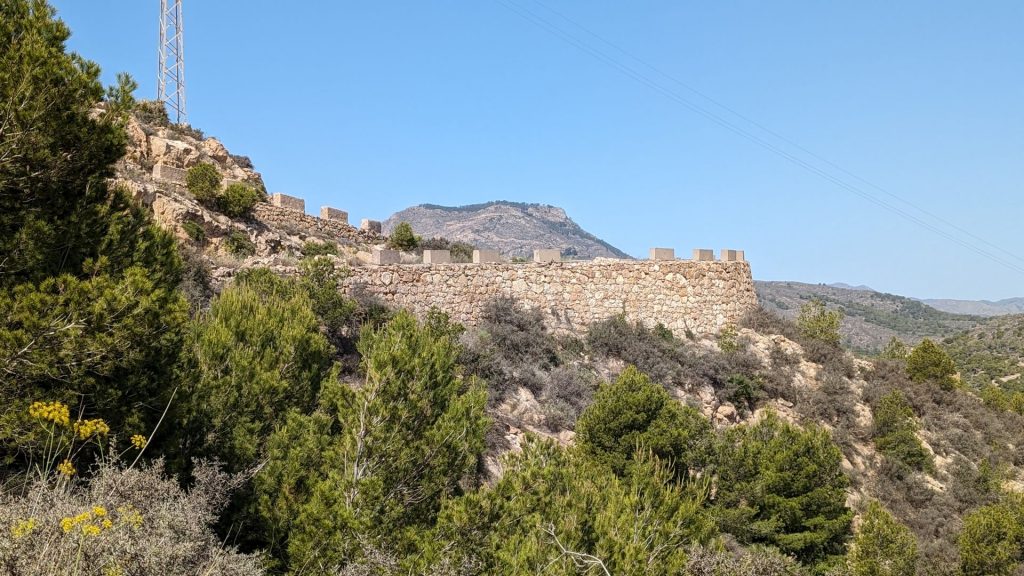
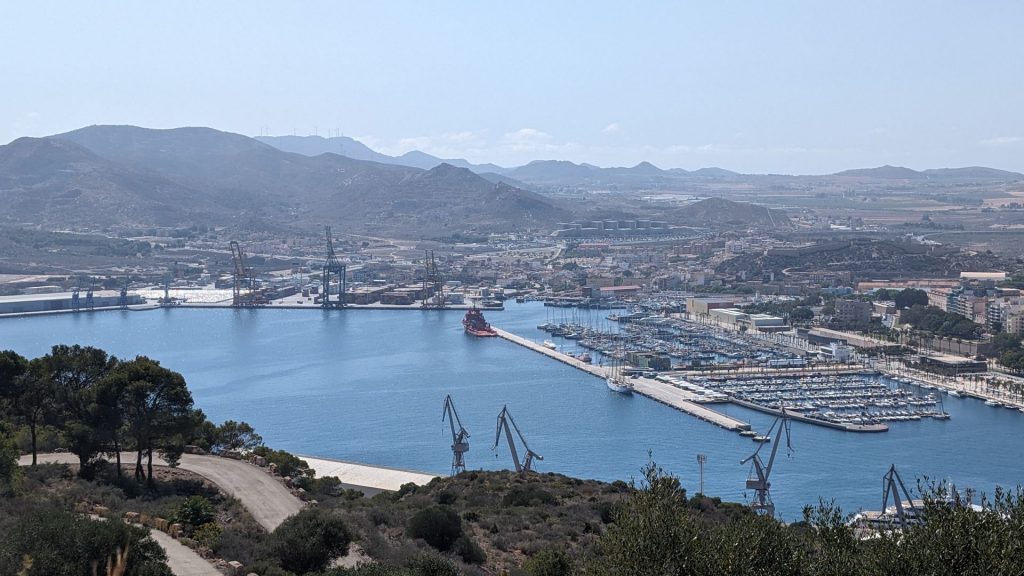
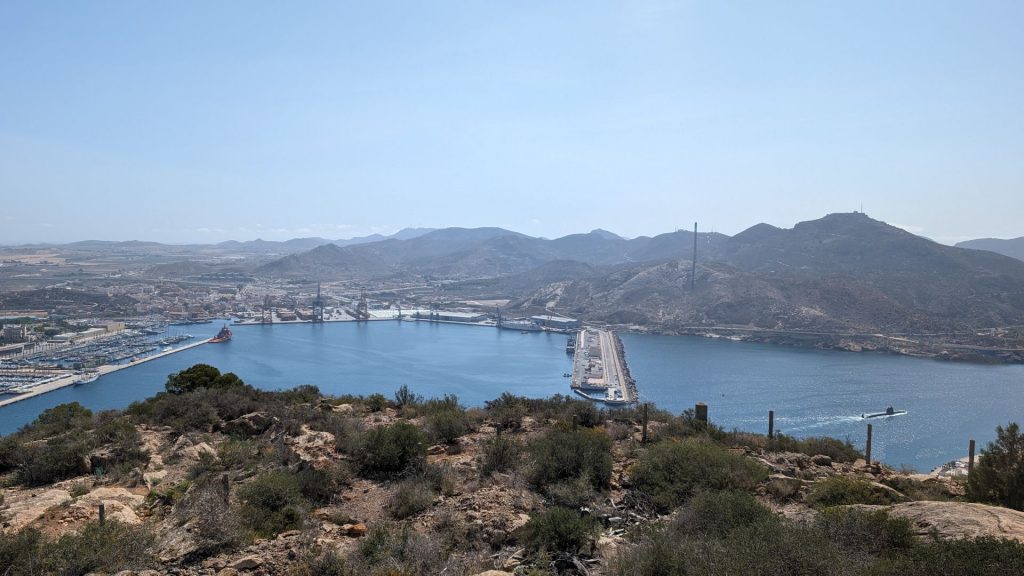
When I reached the castle, I was met by a locked gate. This one was serious, there was no getting around it. Here are the two pictures I took of what I could see of the castle:
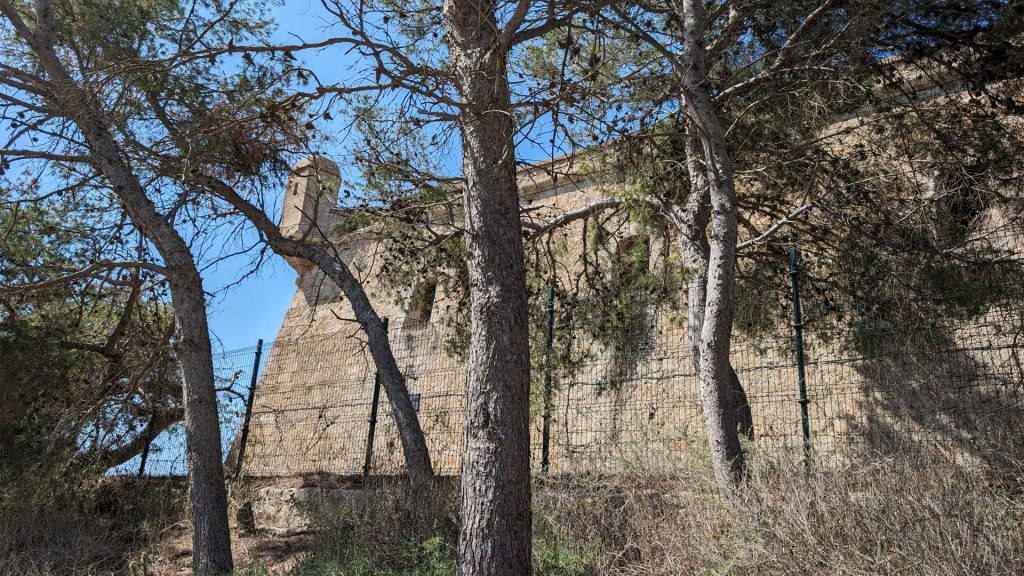
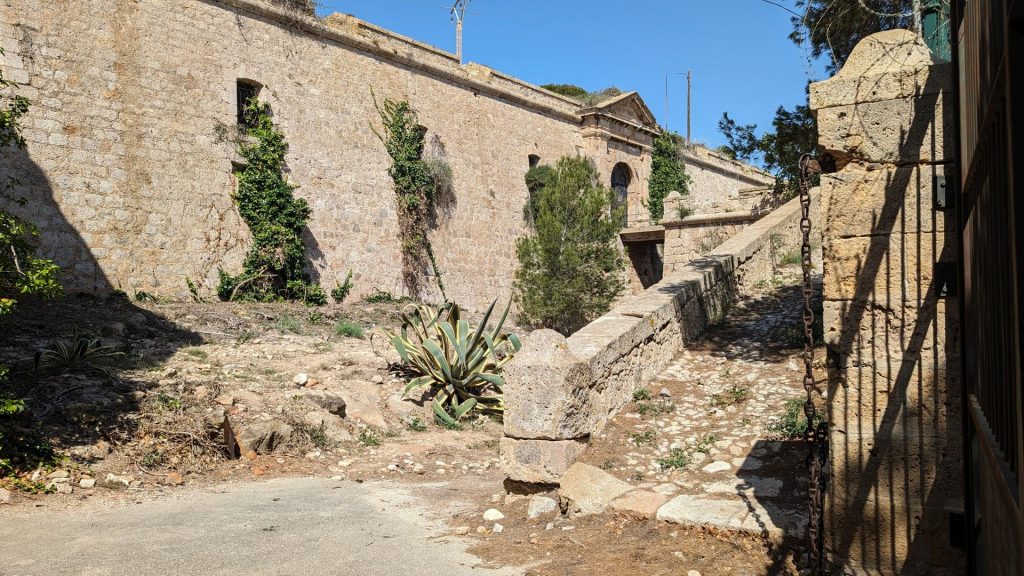
So, I turned around and walked down.
I should mention that there were other pedestrians on the road, as well as several bicycles. Several of the pedestrians were running. This is apparently quite a popular place to get a good workout going up to the castle! And the views are lovely. I even saw the submarine that I assume to be the same one we saw from Seahike.
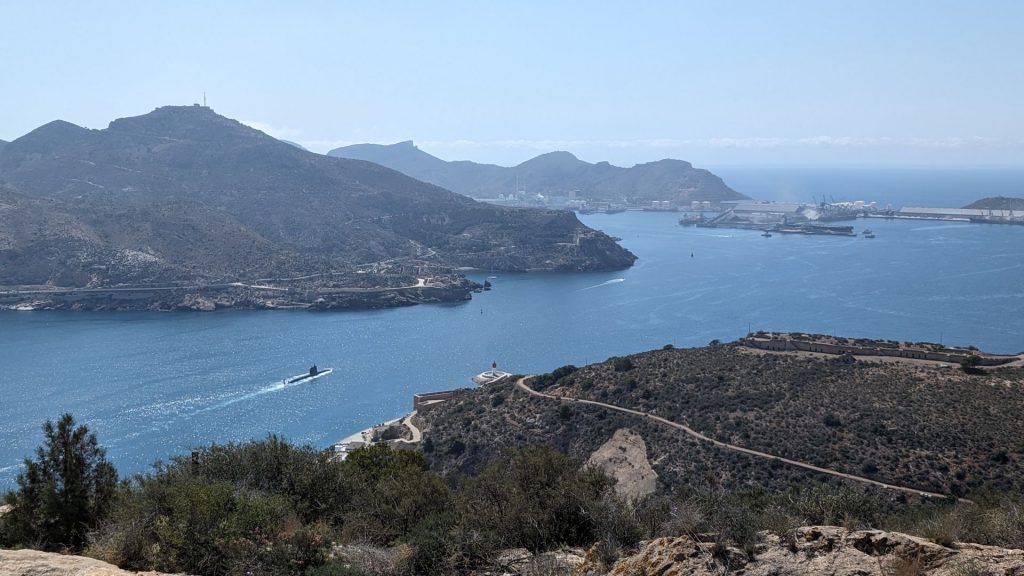
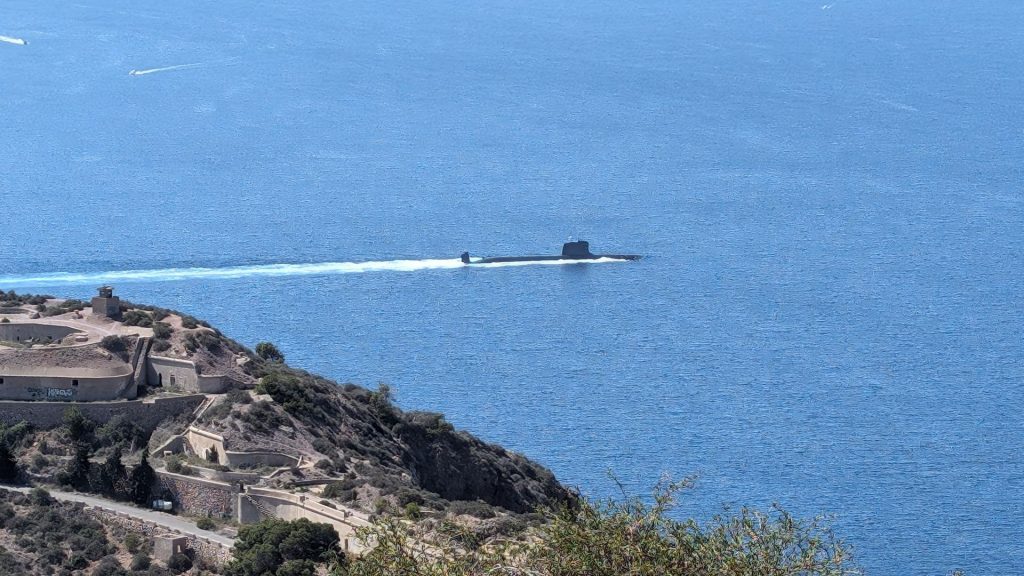
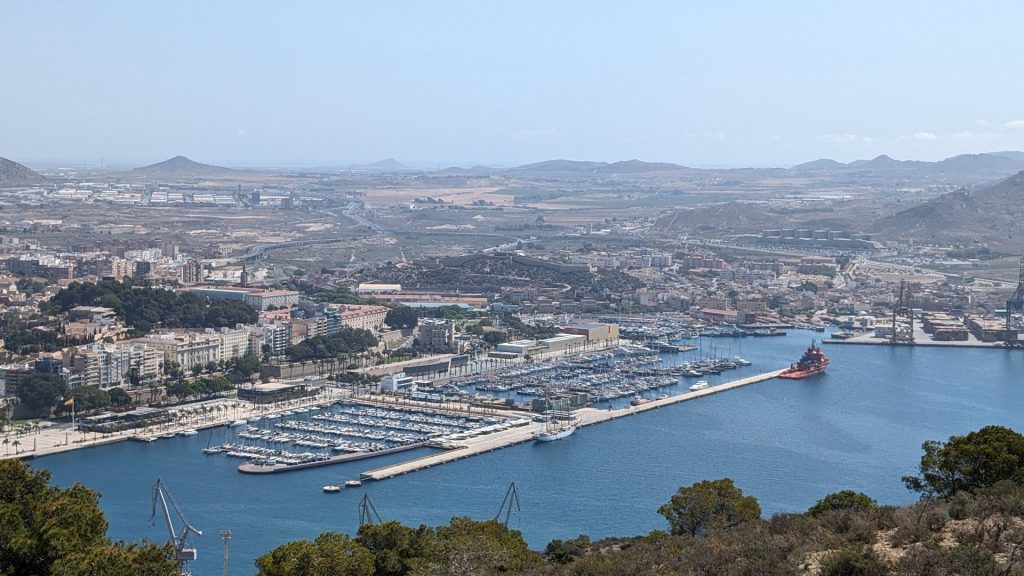
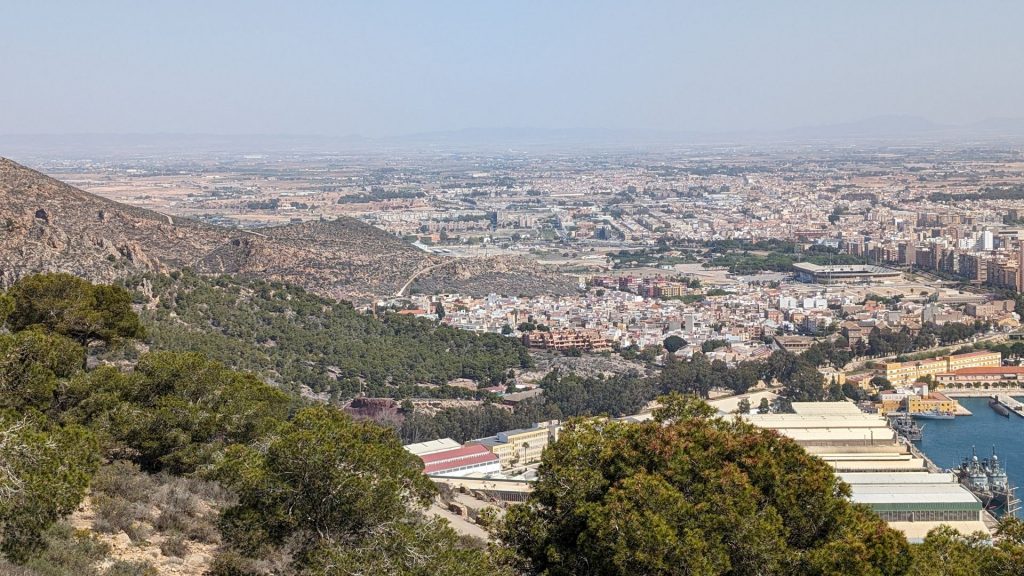
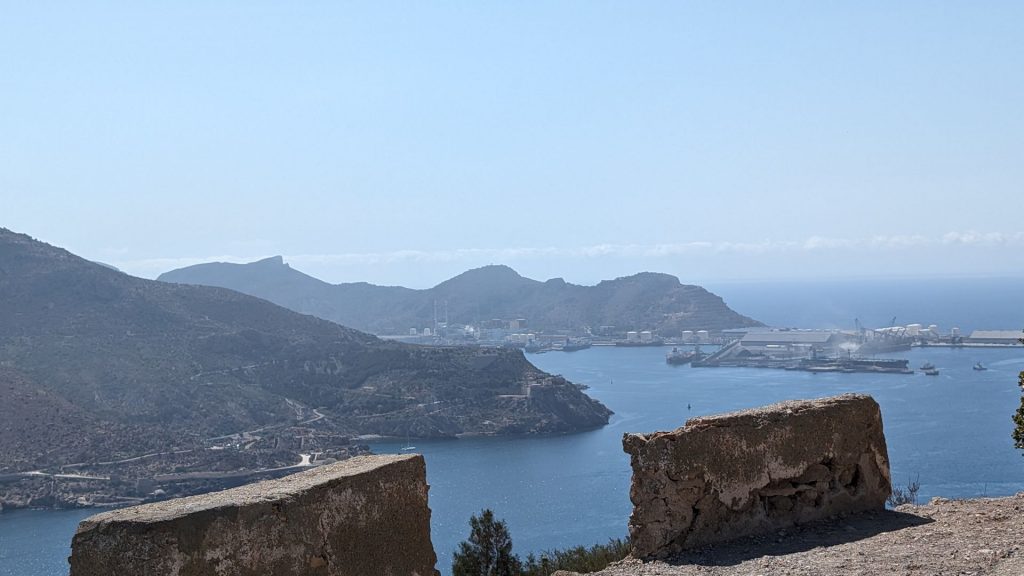
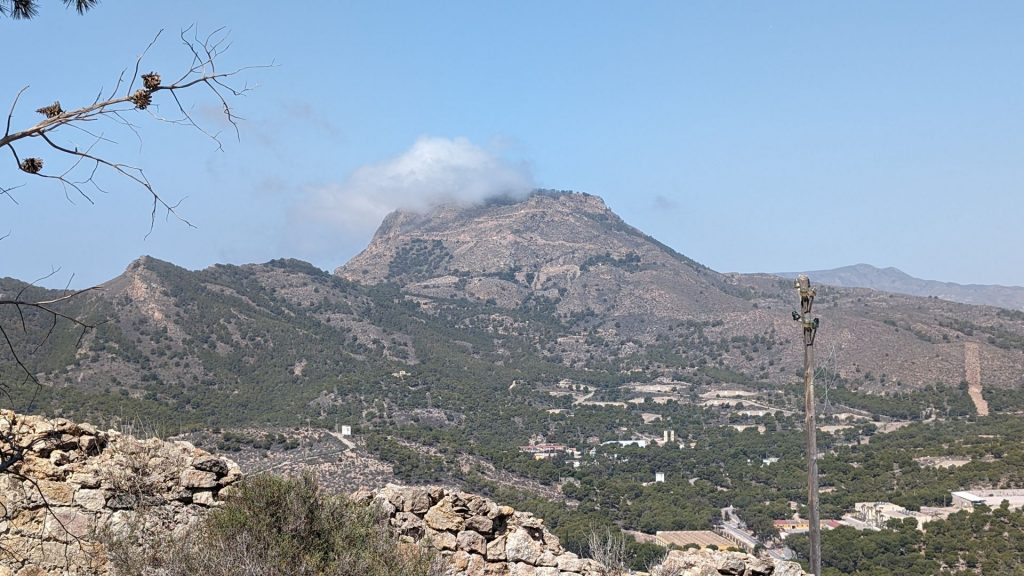
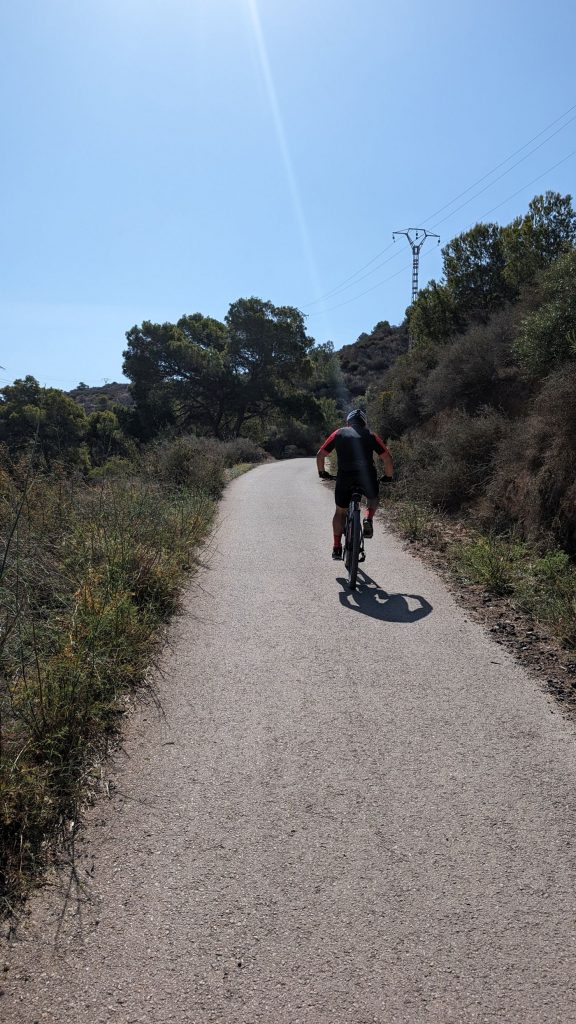
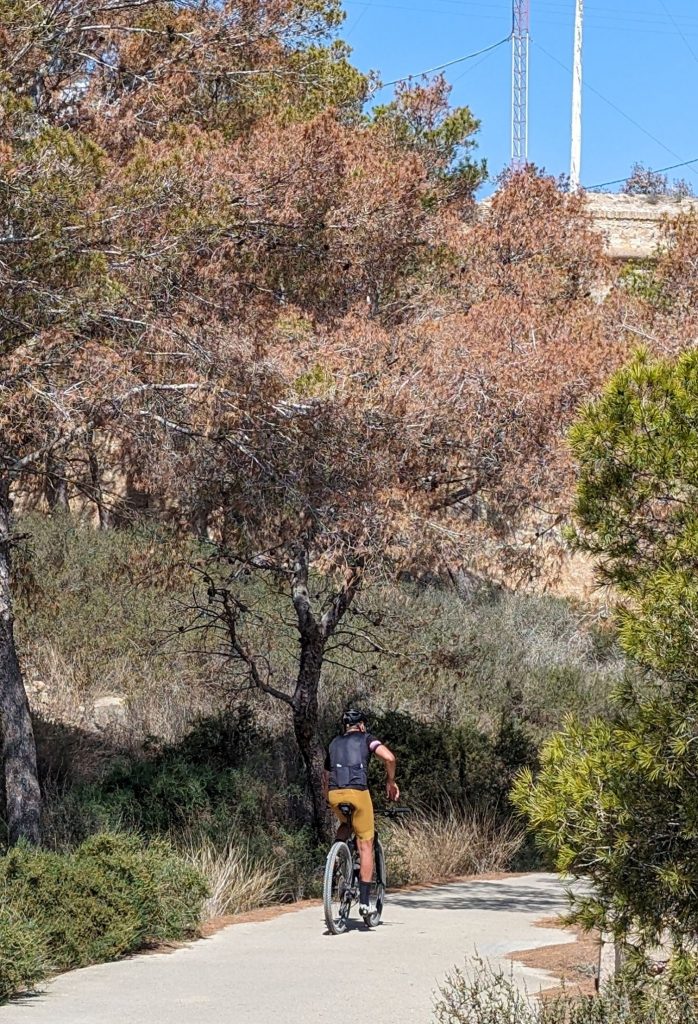
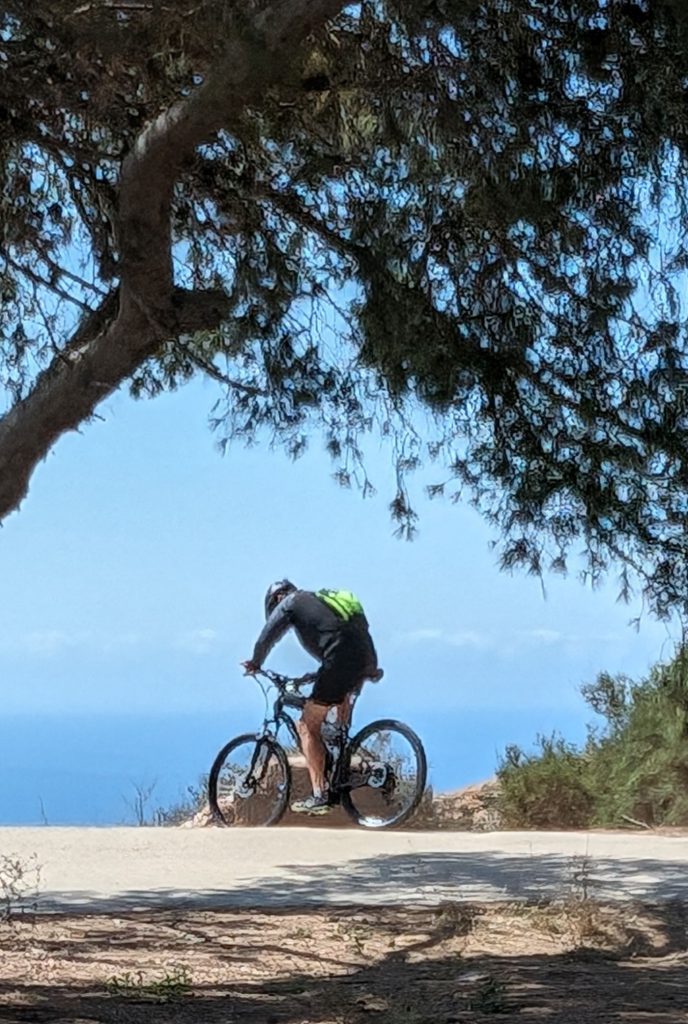
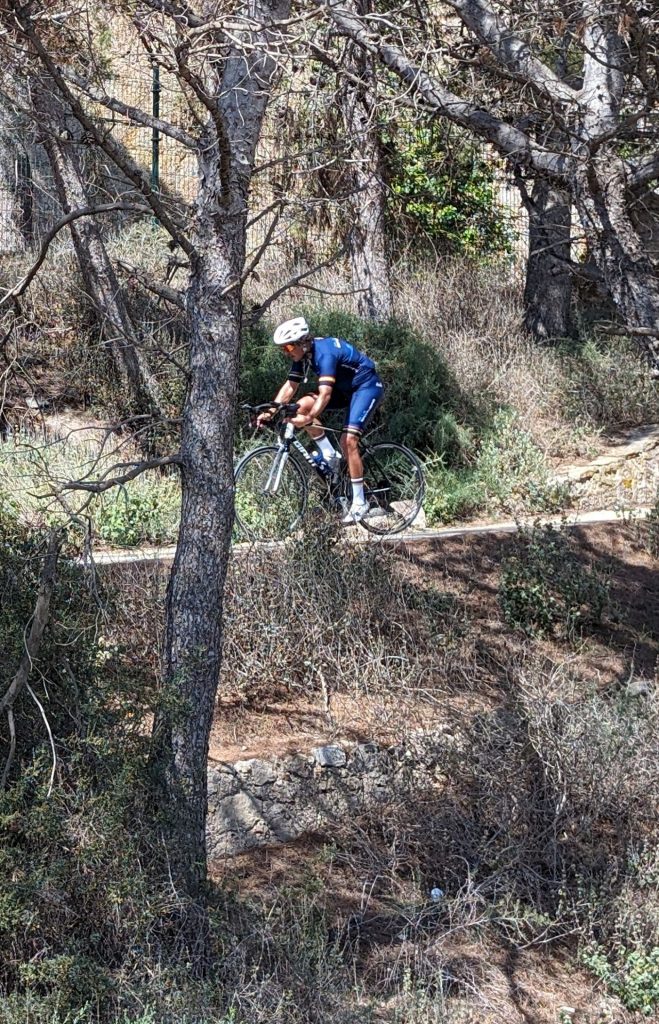
By the way, I translated the sign after I was done. Here’s what it says:
